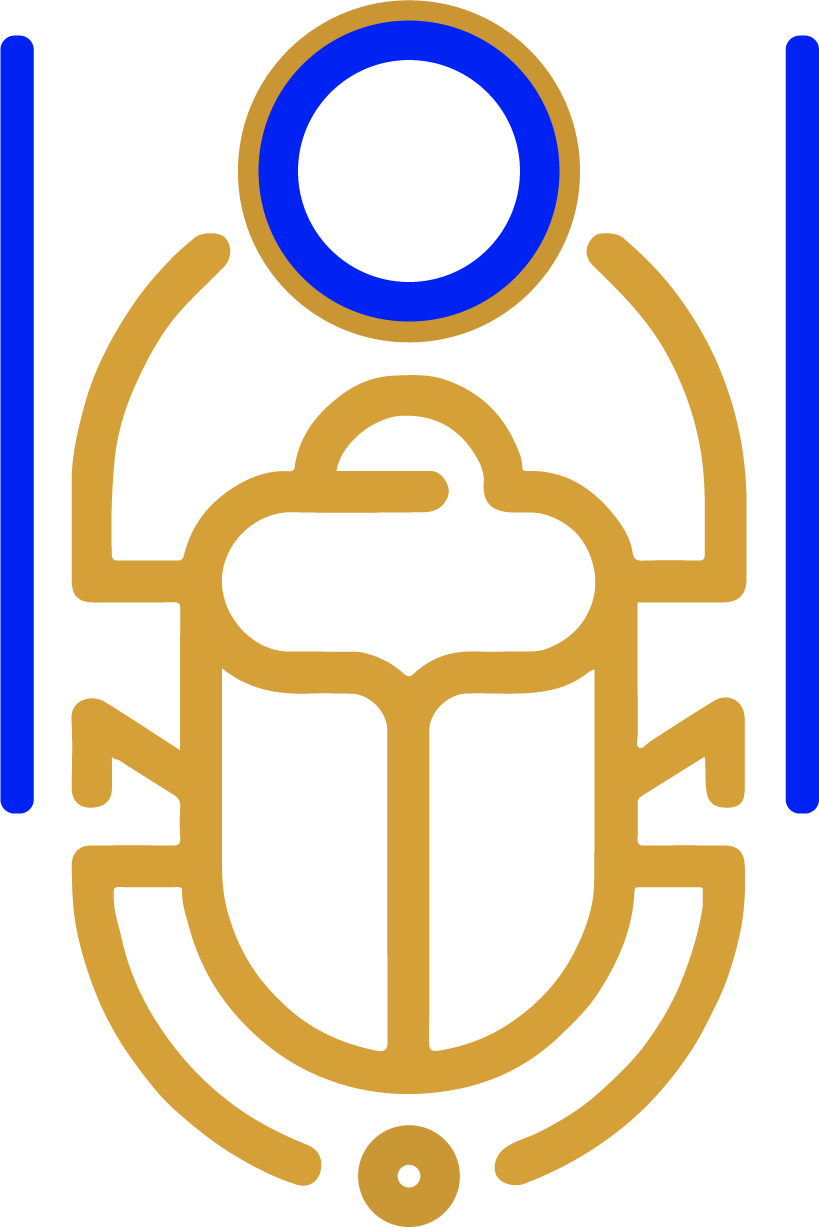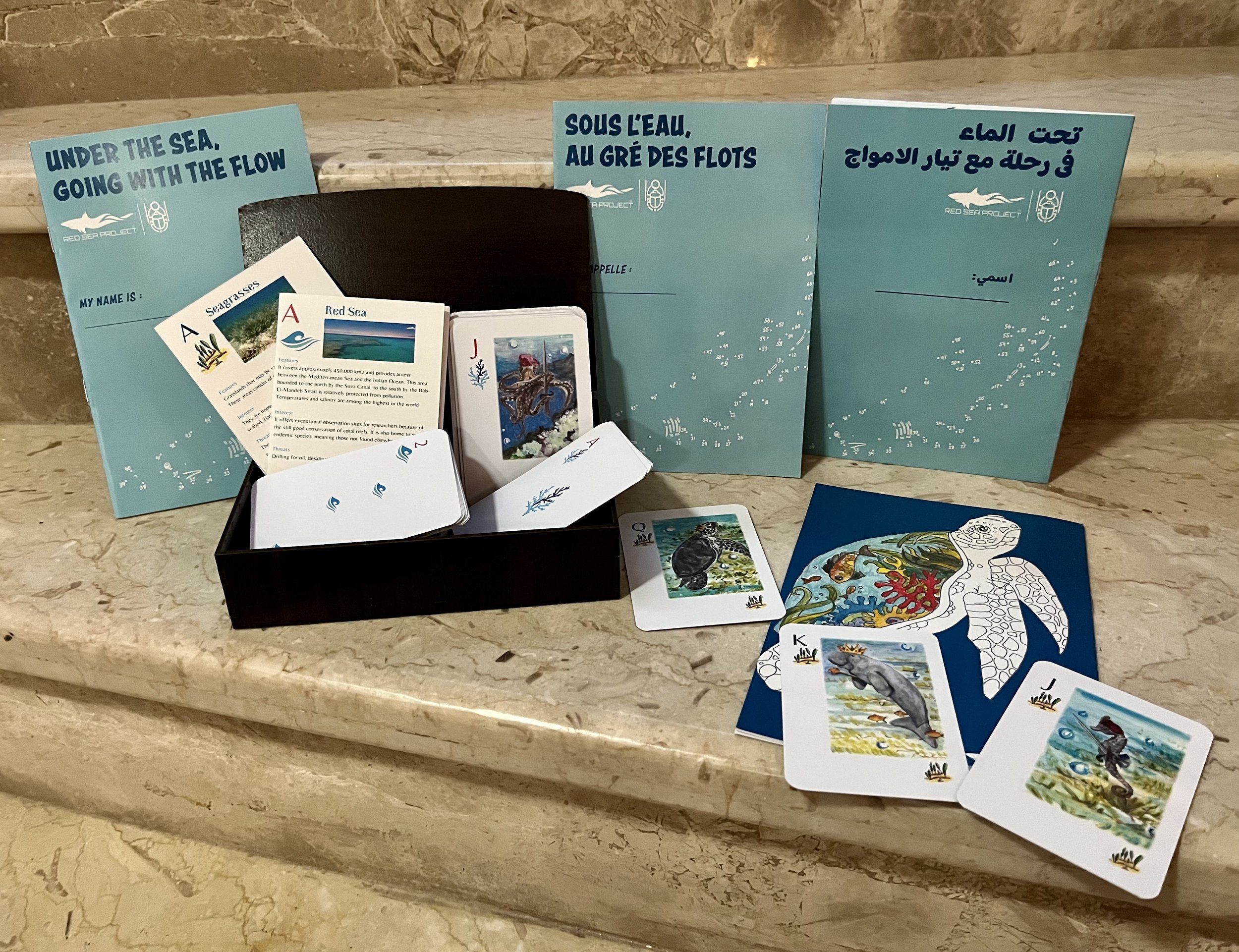A long term project
The project continues in September 2022, for the 2nd year running
Here were our goals:
Establish a long-term partnership with an organisation dedicated to the protection of the Red Sea, a particularly rich but often overlooked environment
Enable volunteers who sign up to interact with researchers and specialists
Carry out complex, collaborative tasks, employing a conscientious and thoughtful approach to virtual work
Showcase language, digital and artistic skills
Giving volunteers the responsibility of guiding young children
Discover and use analytical tools for observation and environmental protection
Support the following sustainable development goals:
Quality education
Gender equality
Reduced inequalities
Responsible consumption and production
Life below water
Life on land
The volunteers involved
19 throughout the year, including one volunteer who worked remotely from Université de Montréal; the vast majority of volunteers were in high school.
15 participants in the trip, including 1 student in 9th grade.
2 phases
Phase 1
In September: presentation of the project
We decide :
to produce a deck of 52 cards, in which the traditional suits of spades, diamonds, clubs, and hearts are replaced by four Red Sea environments: mangroves, seagrass beds, the open sea, and coral reefs. Each face card, namely king, queen, and jack, corresponds to an animal characteristic of specific environments: for the open sea, the tiger shark, the manta ray, and the spinner dolphin; for the coral reefs, the titan triggerfish, the giant moray eel, and the octopus; for the seagrass beds, the dugong, the green turtle, and the seahorse; and for the mangroves, the mudskipper, the great egret, and the ghost crab.
that for each mentioned environment and represented animal, there will be a corresponding information sheet providing details on the specific characteristics of the applicable environments and species. This project will be carried out in three languages: French, English and Arabic.
to develop 2 web pages, in French, English and Arabic, to inform young people about dugongs and mangroves.
to write a book, still in the same three languages, about Maya's adventures with a turtle injured by a net. The turtle, rescued by the little girl, takes her on a tour of a bay in the Red Sea, giving Maya and the reader an opportunity to discover the environments and animals mentioned in the card game. The book will be designed as a booklet with a number of activities to complement the text. Our intention is to offer a richly illustrated paper version, but also and more importantly an interactive version, accessible to everyone online. Each page will include links to information sheets, online games, the audio version of the page and links mainly to the Red Sea Project website, to help raise awareness of all the work that has been done.
to create a game board in the form of a labyrinth, featuring the characters from the book. It will serve as a starting point for discussing the four marine environments chosen as the theme.
A second, unprecedented part:
This year, we are collaborating with approximately twenty primary school students from Lycée Français du Caire, the majority of whom are in CE2 (third grade), with a few in CM2 (fifth grade). In the project's second phase, this group of young learners will accompany us to Marsa Alam where 101 volunteers will aid the Red Sea Project team in scientific activities while facilitating engaging exercises based on the material developed throughout the year. Prior to reaching this second phase, there will be three scheduled meetings.
In October, we all attended the IGLU show as part of the 12th edition of the Hakawy Festival, an opportunity to get to know each other and exchange ideas on the theme of the environment and its protection.
In December : The younger students are invited to the lycée in the 101 room 😉. There's plenty to talk about during the quizzes and presentations. A moment is also spent meeting online with Ahmed Fouad, founder and director of the Red Sea Project.
In April : A final meeting is organised before we leave. It's an opportunity for the younger volunteers to present their turtle research and for our volunteers to discuss the fascinating world of desert plants, based on the work of Dr Irina Springuel.





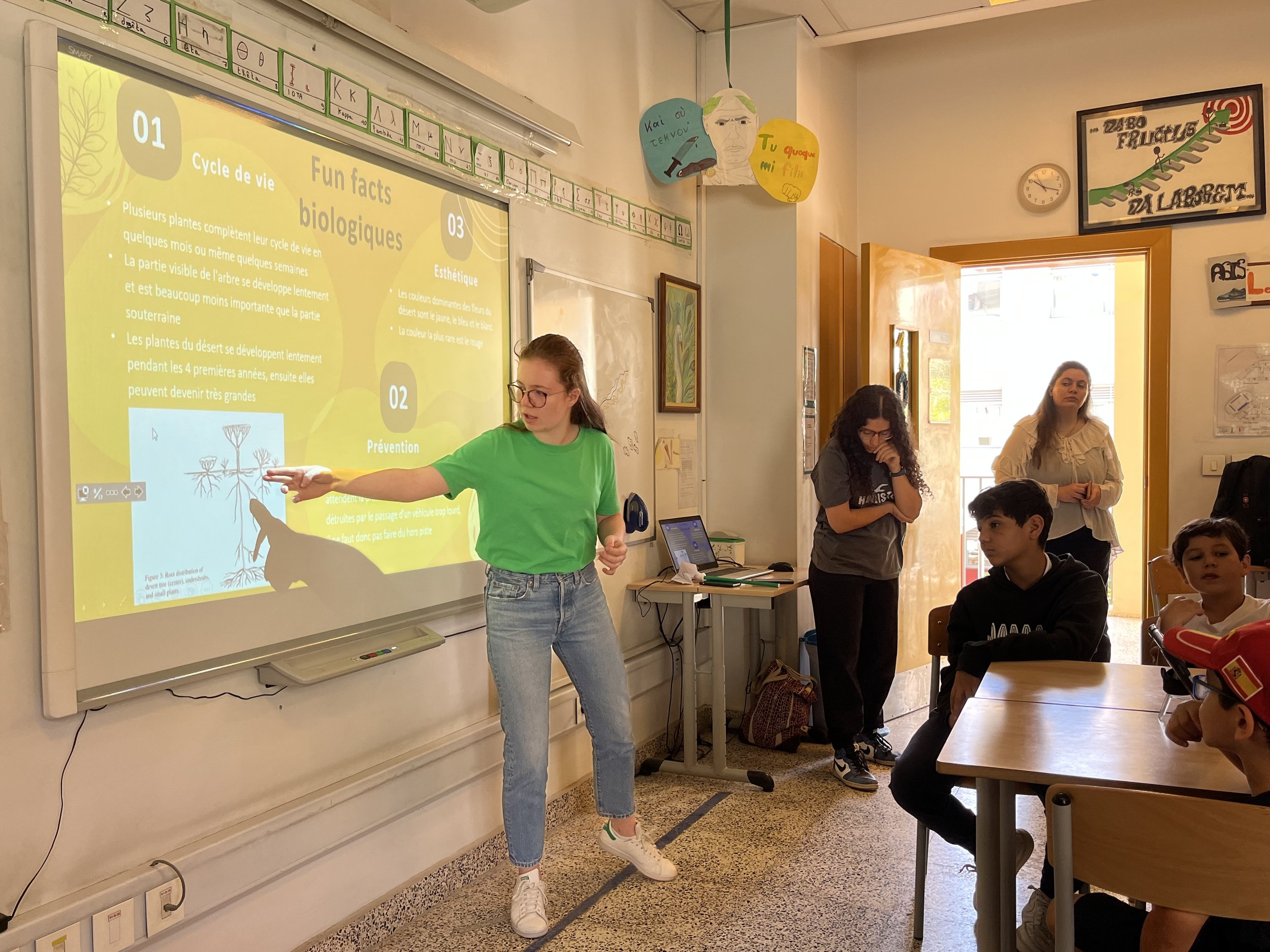
Phase 2
In late April, 101 volunteers arrived in Marsa Alam, more precisely in Wadi Sabarah. The Red Sea Project crew hosted them for two days of exploration and initiation: the first day we went out to sea, to Sataya, to watch the dolphins; the next day, after a morning visit to the desert and the Pharaonic gardens, the desert opened its doors to us. That evening, we welcomed the younger children who had just arrived.






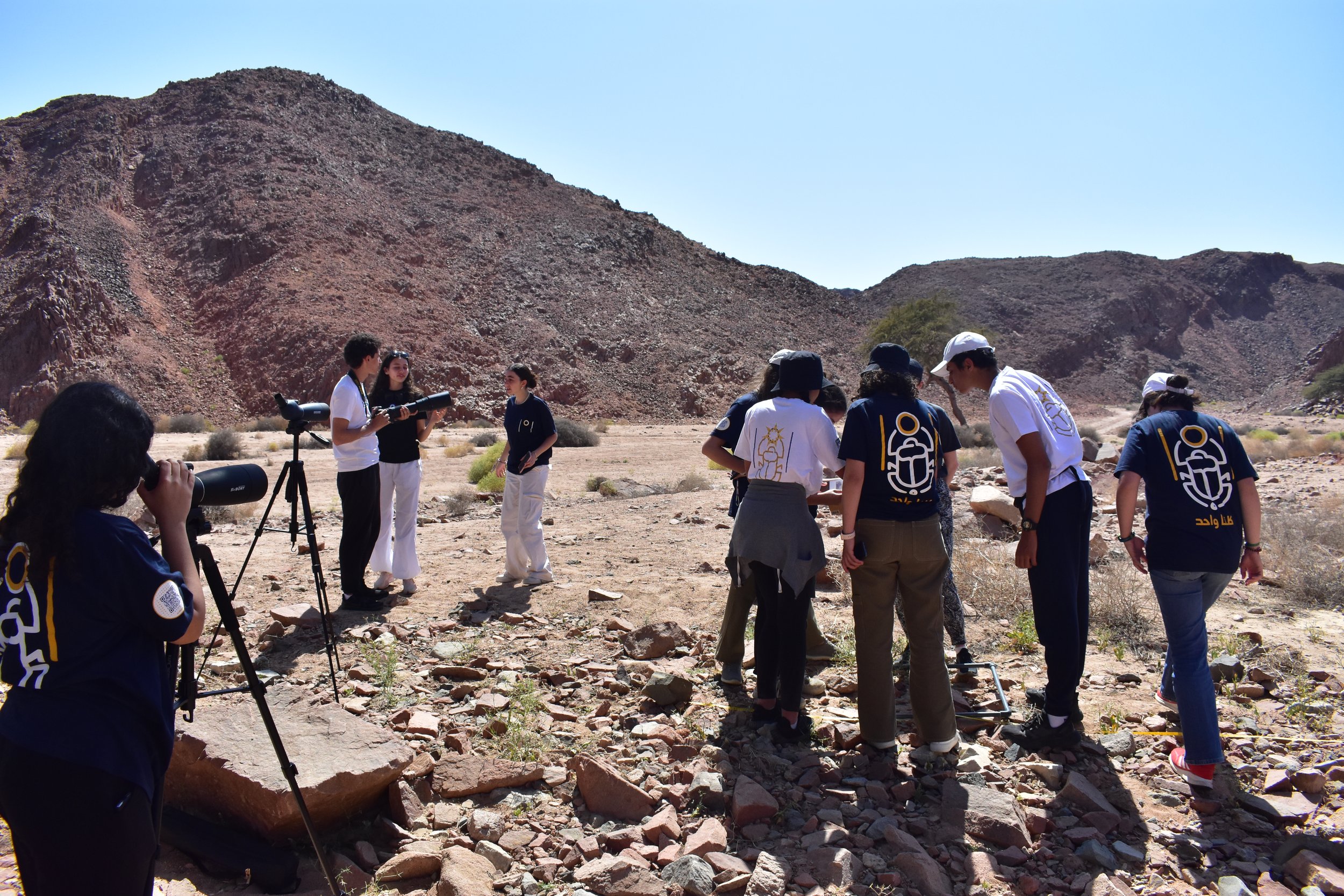

Communicating, sharing and teaching in a fun way
This year, our volunteers' main task is to accompany the primary school students as they discover new things, with dedicated times set aside exclusively for them to explore the local coral reefs, learn how to observe birds or find out a little more about sustainable architecture.



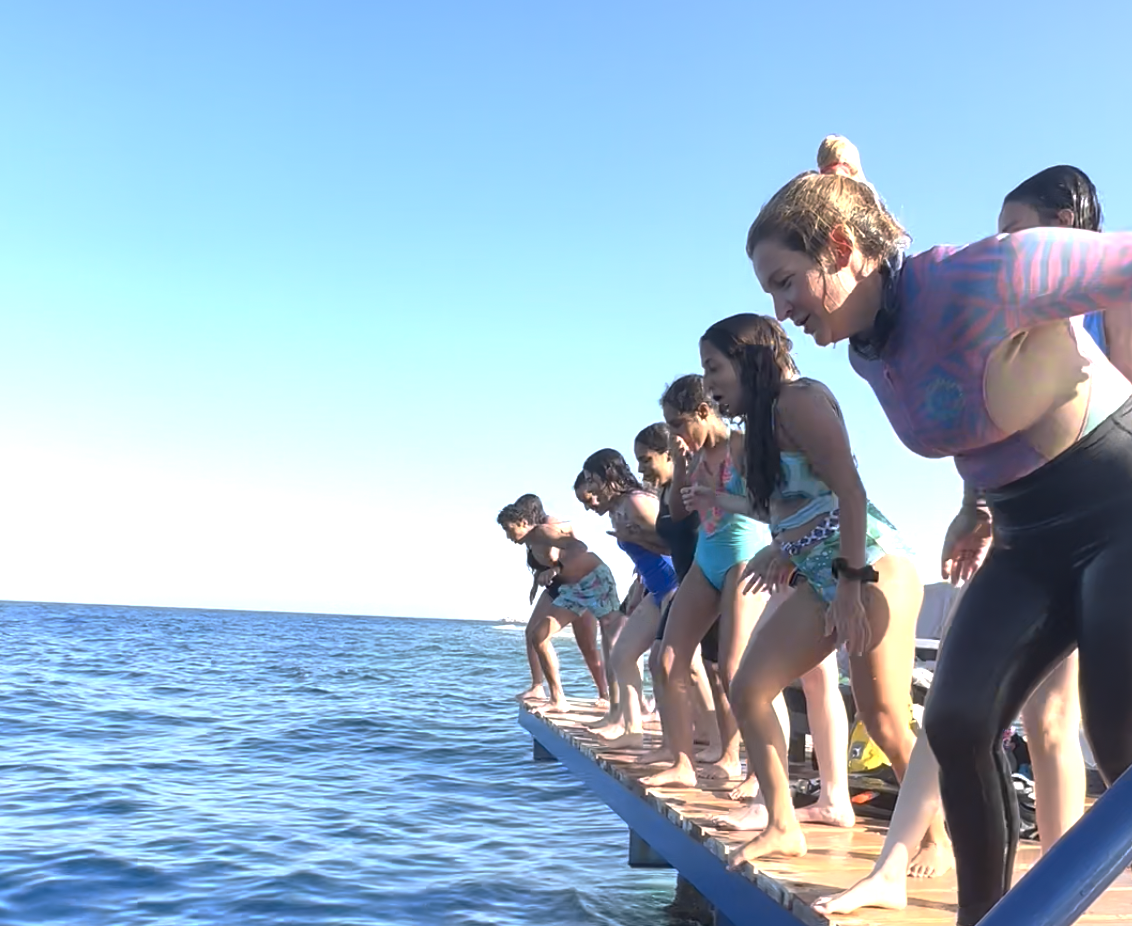
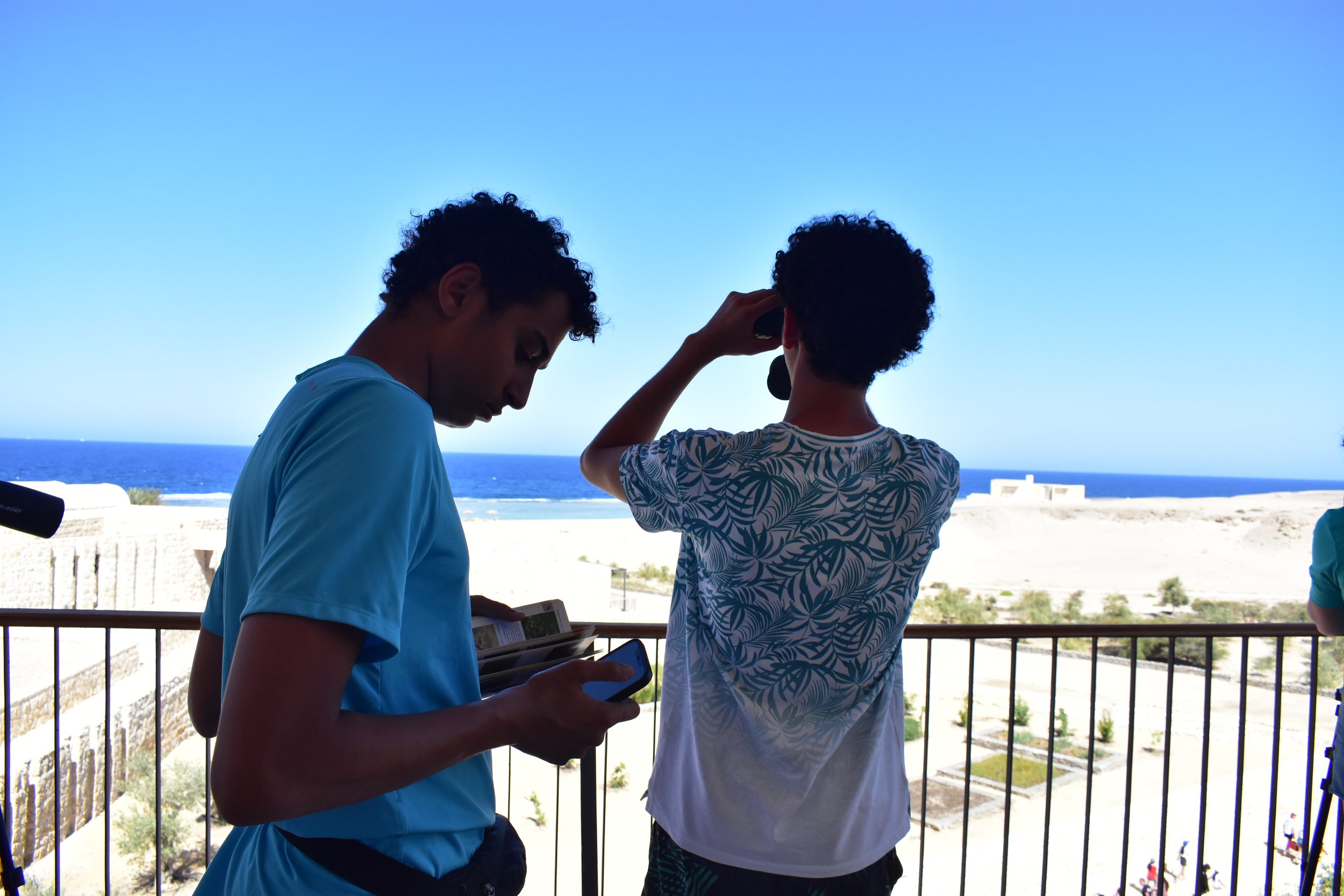
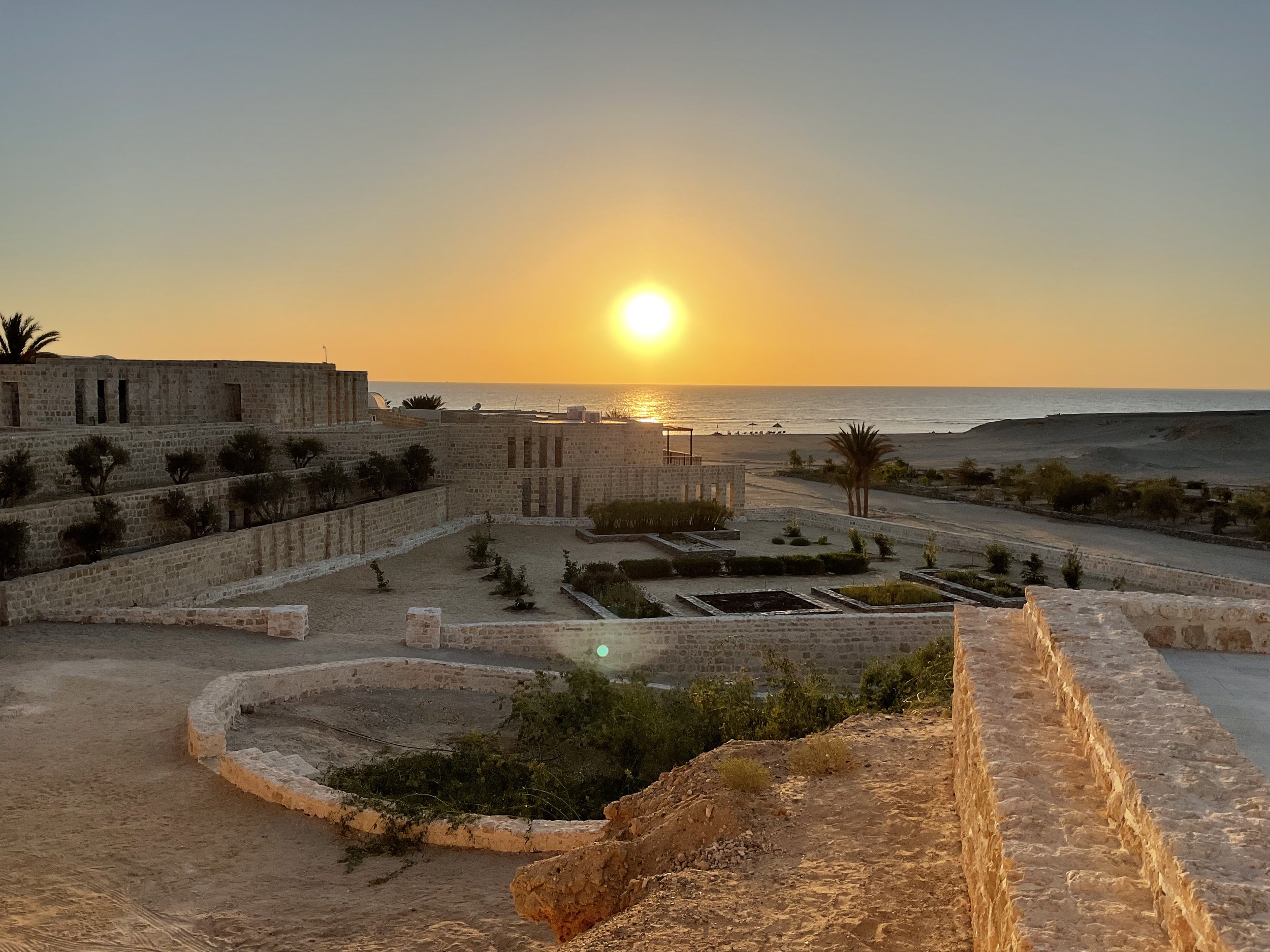
4 busy days:
On the first day,the team from Red Sea Project and 101 volunteers guide young visitors through gardens where they collect plant and insect samples. They observe these using microscopes and discover the various forms of plankton magnified on a large screen, aided by equipment provided by Red Sea Project. On the same day, they get to know the card game and the four surroundings it symbolises. They spend some time on a treasure hunt, exploring Wadi Sabarah, and a colouring competition is organised to explore the marine environment in a different way.

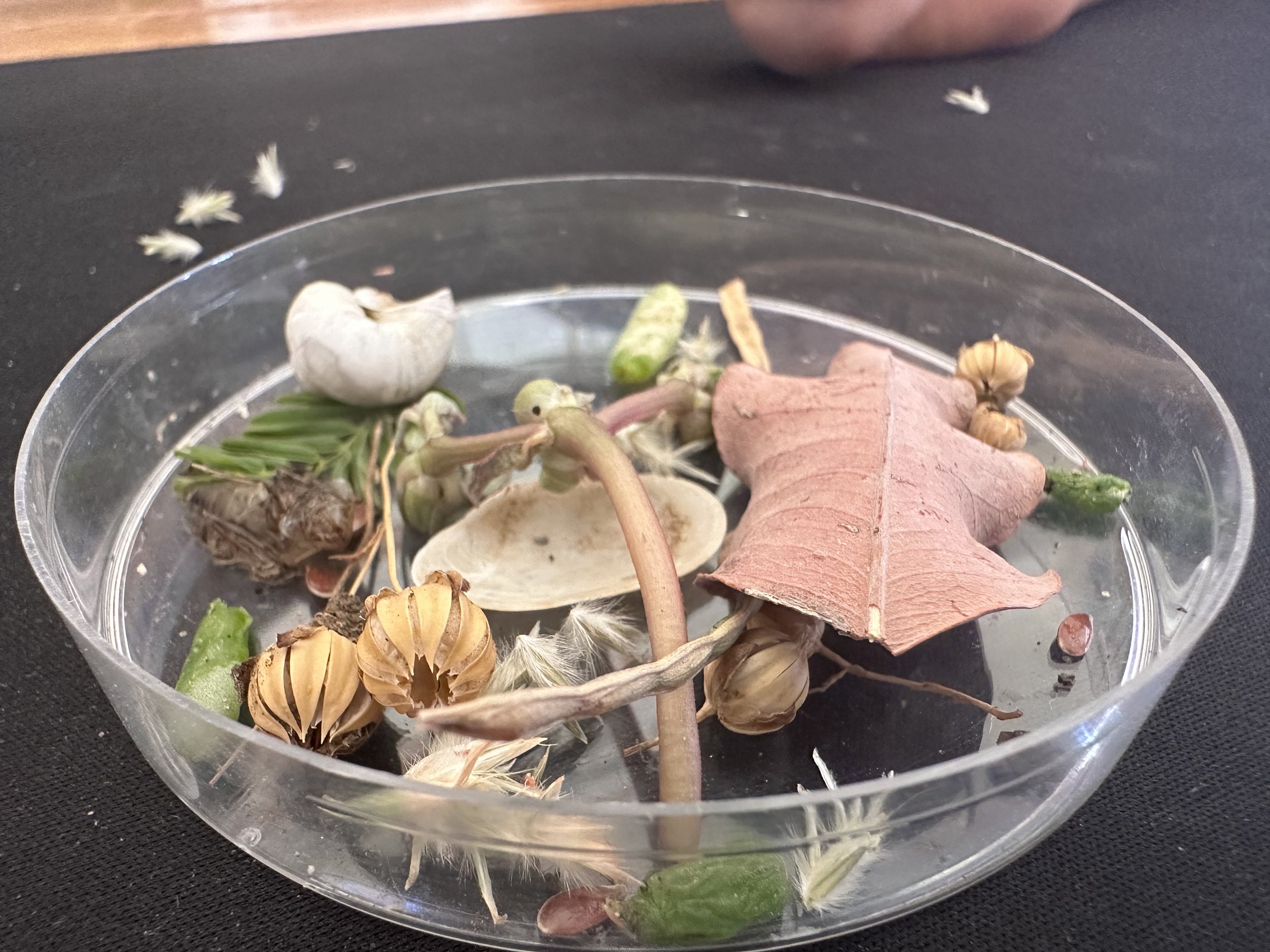
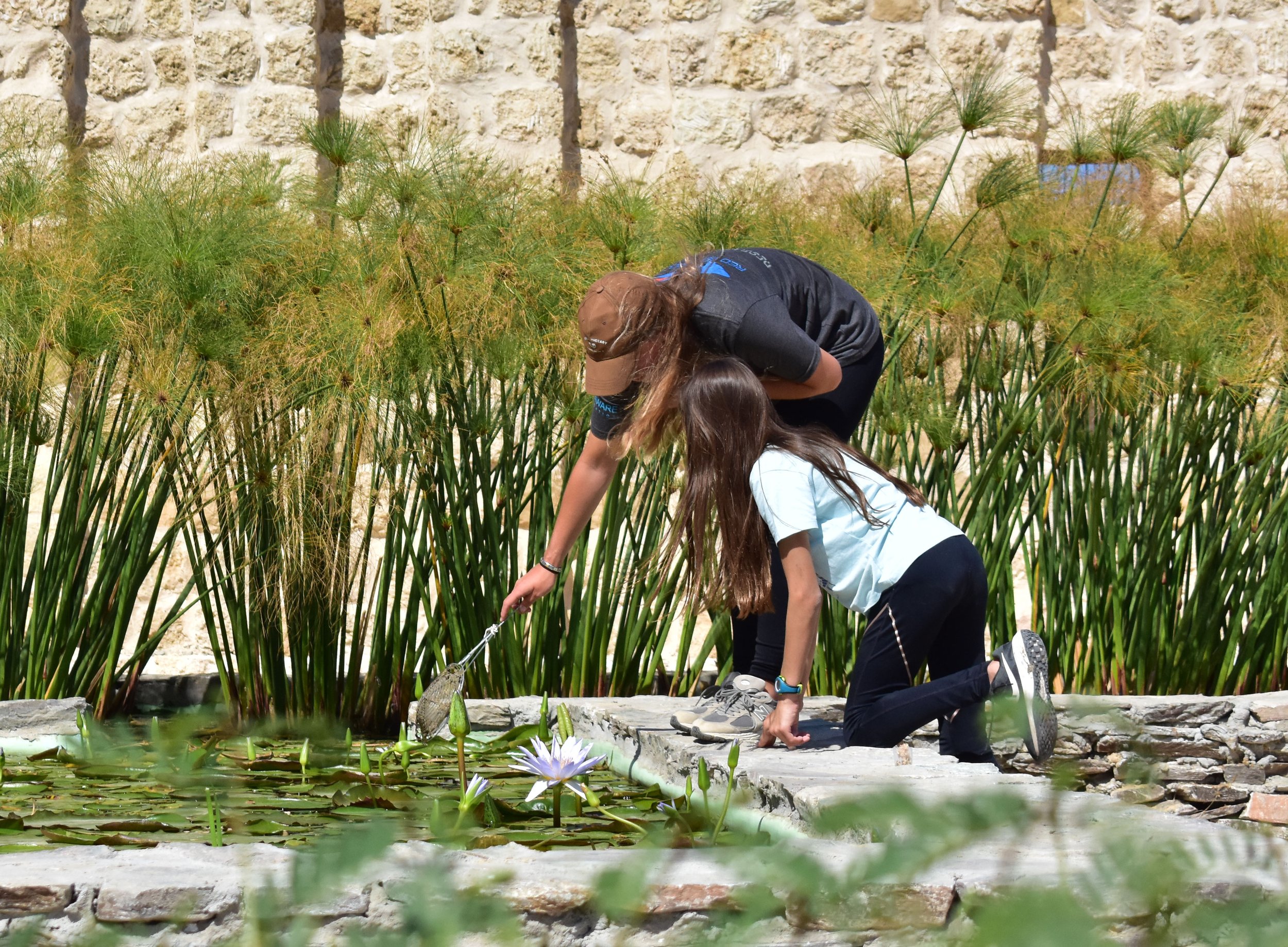

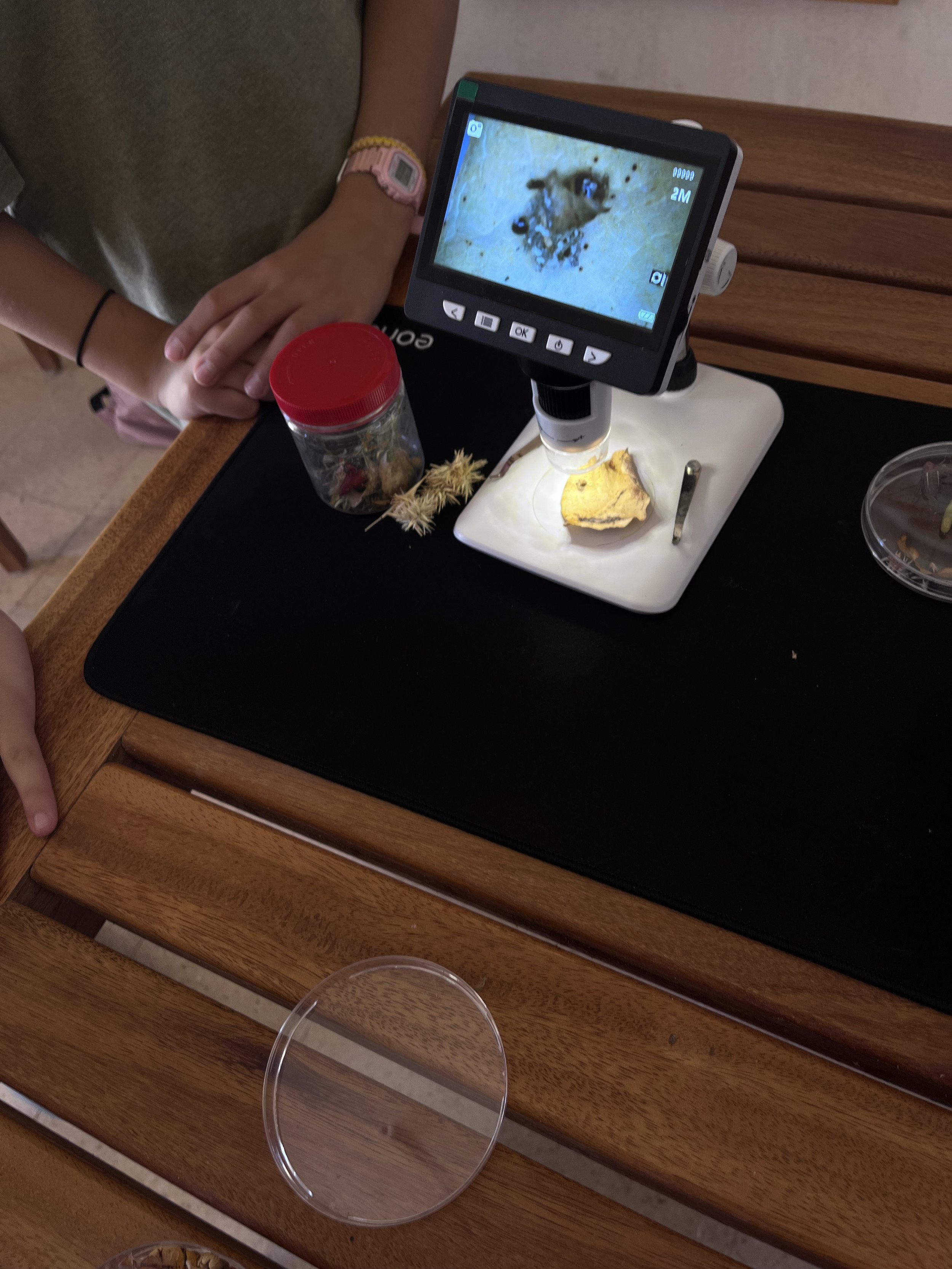
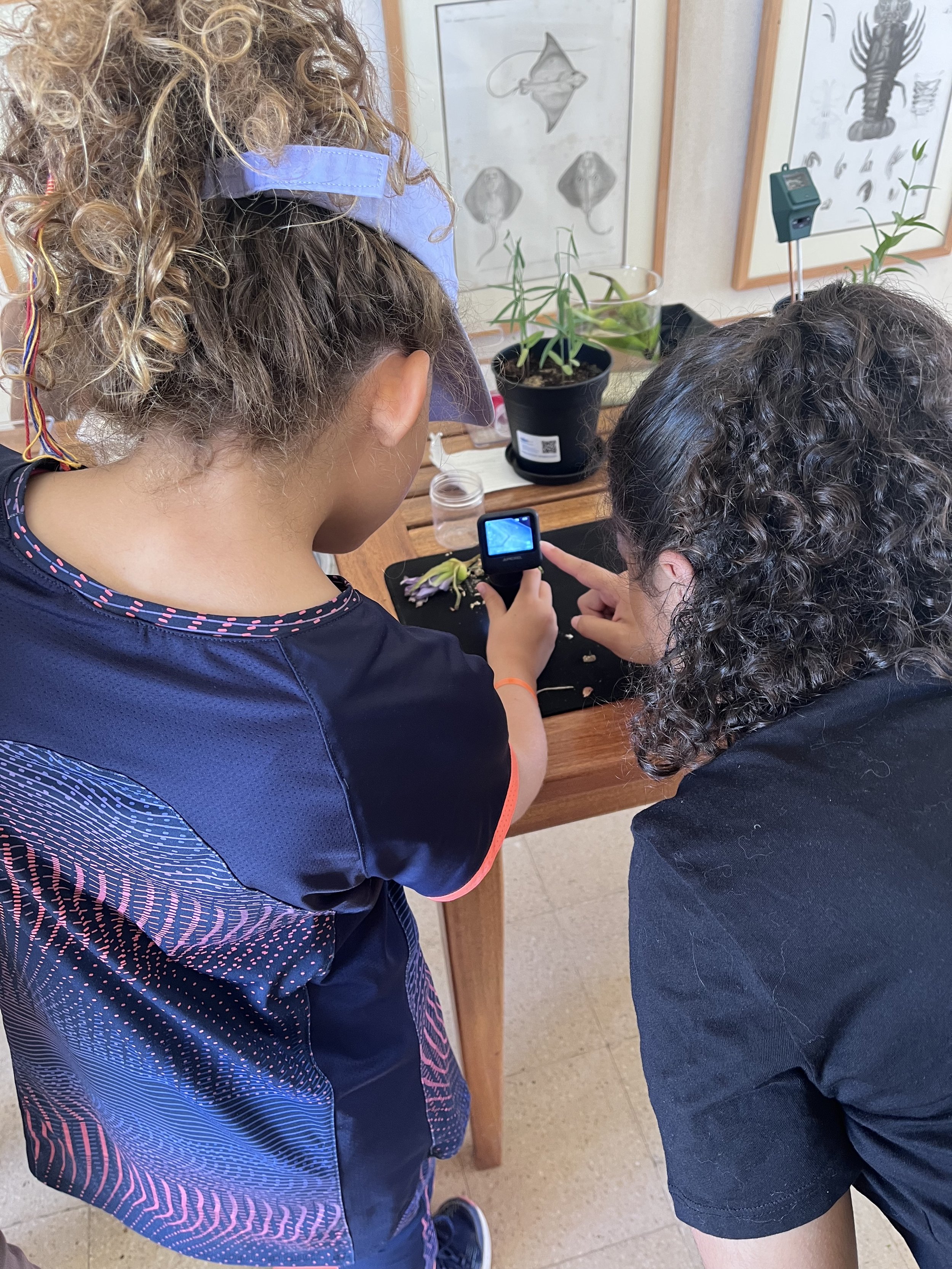
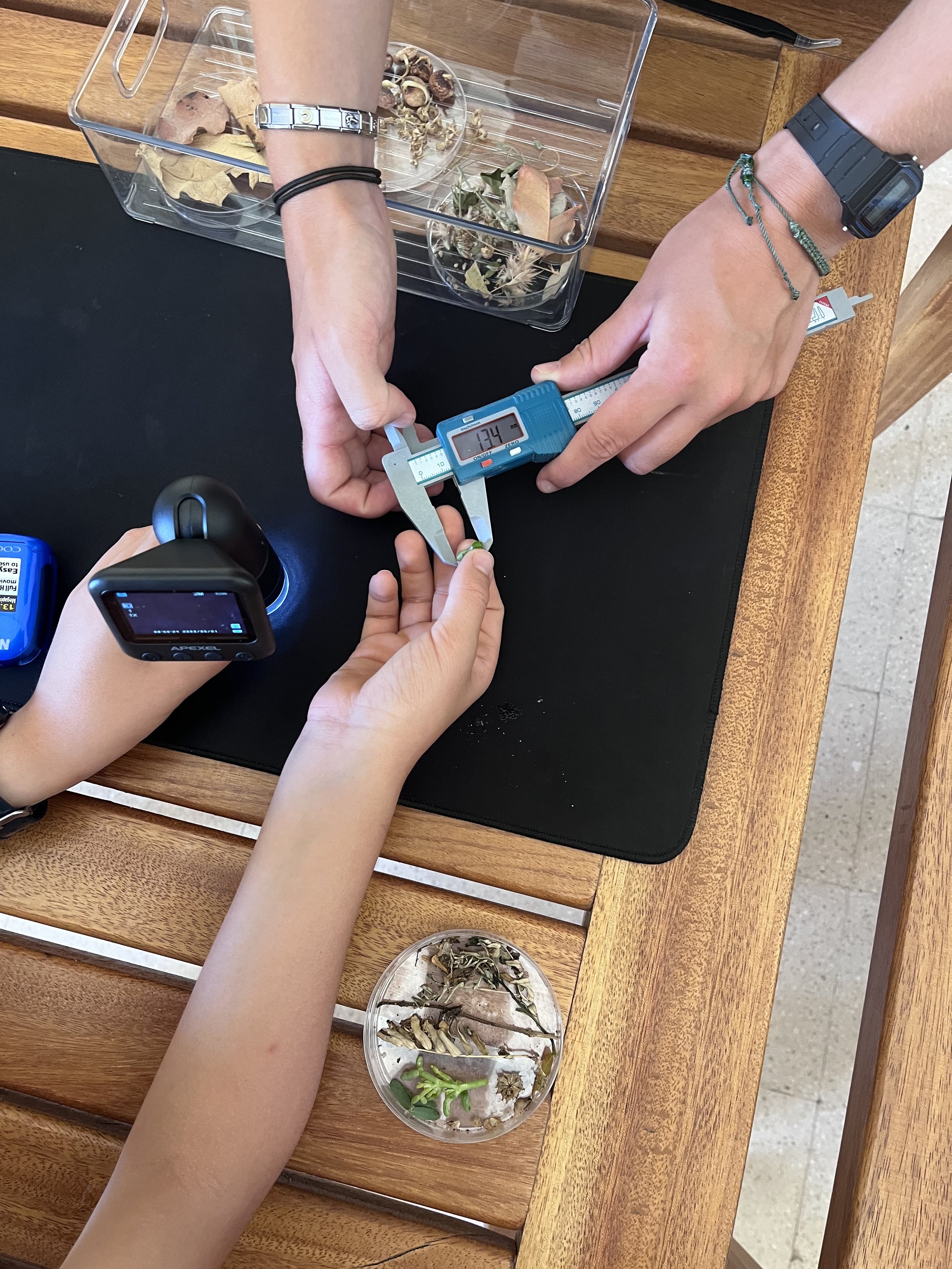
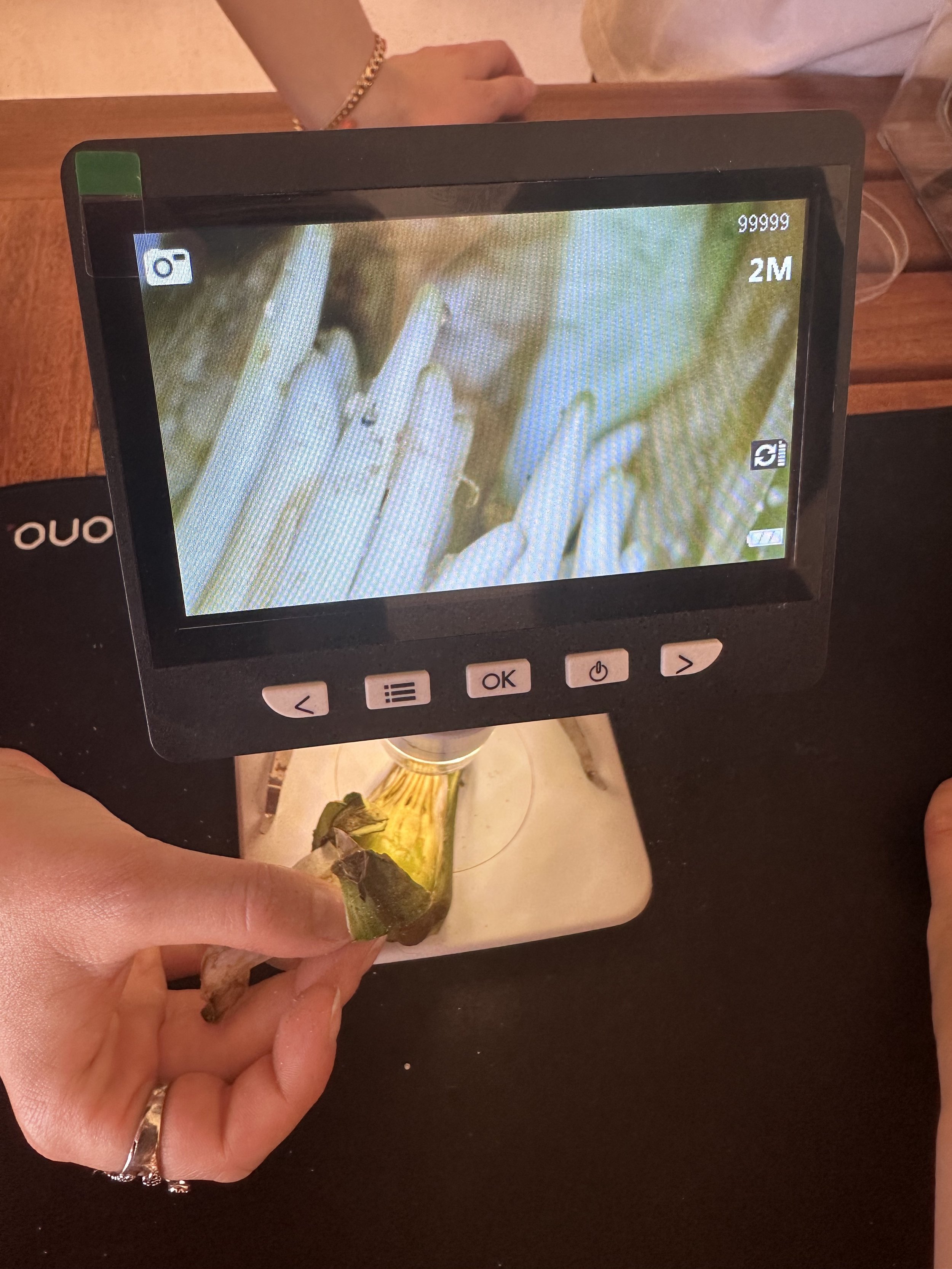
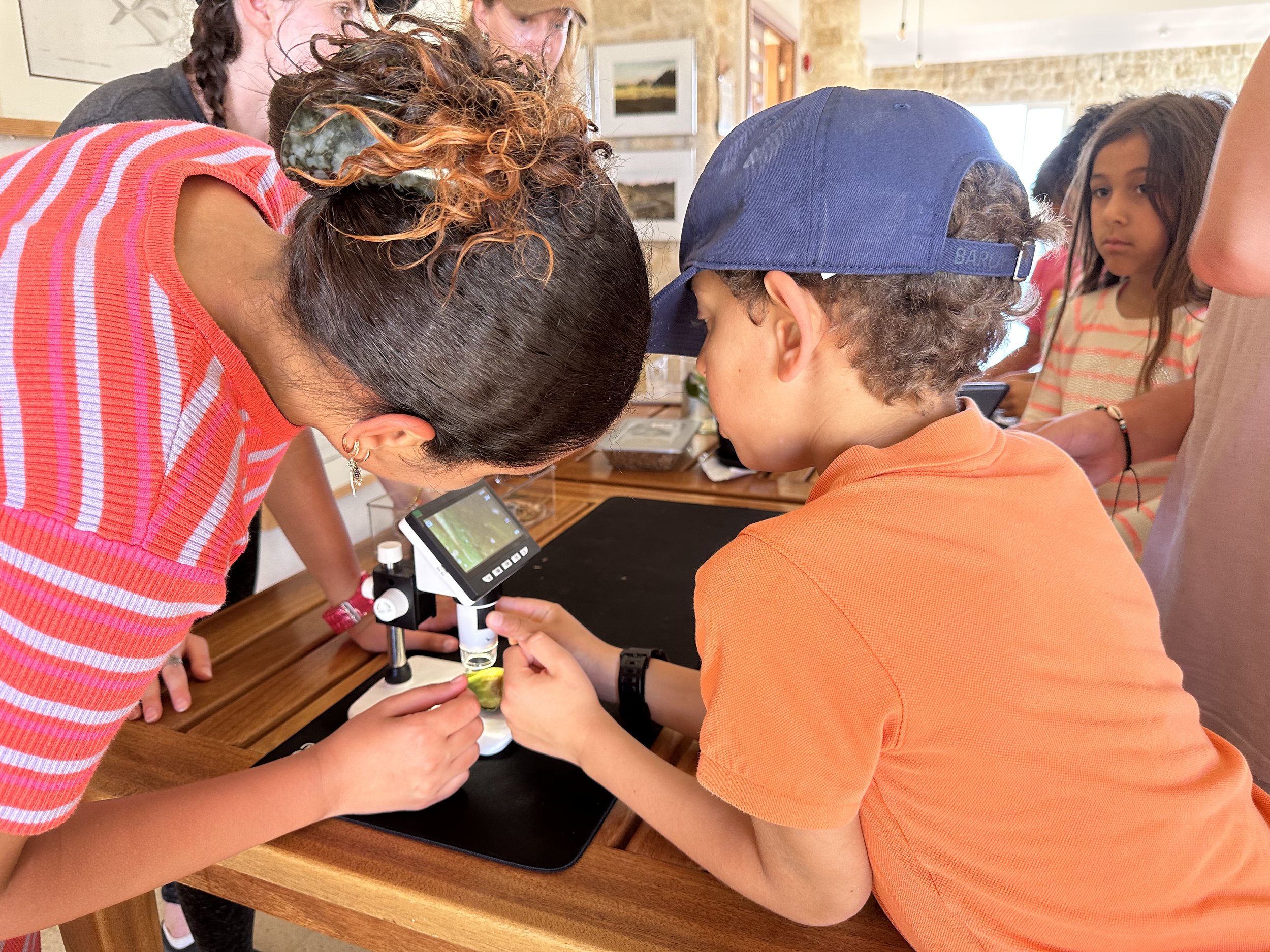
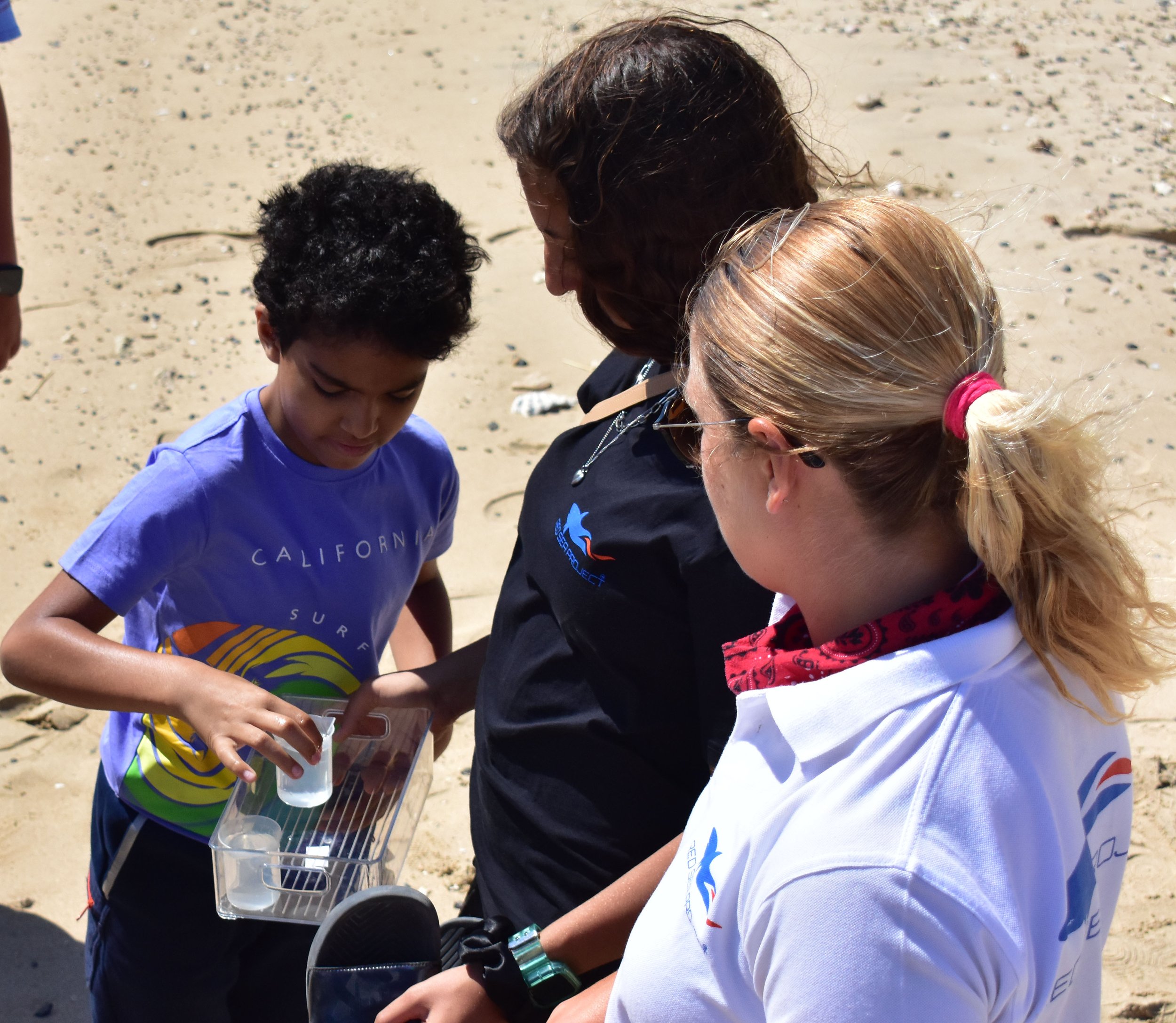
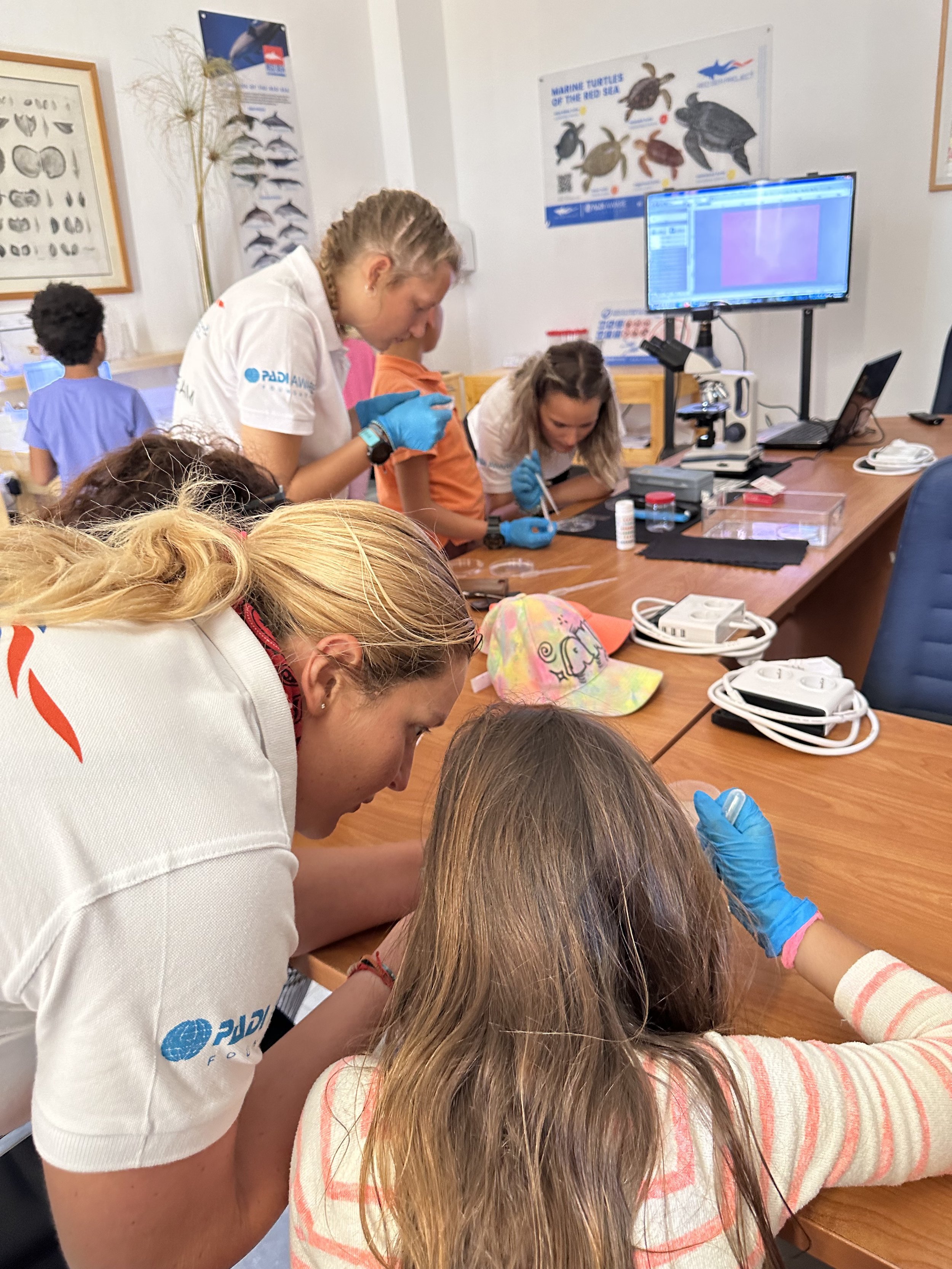
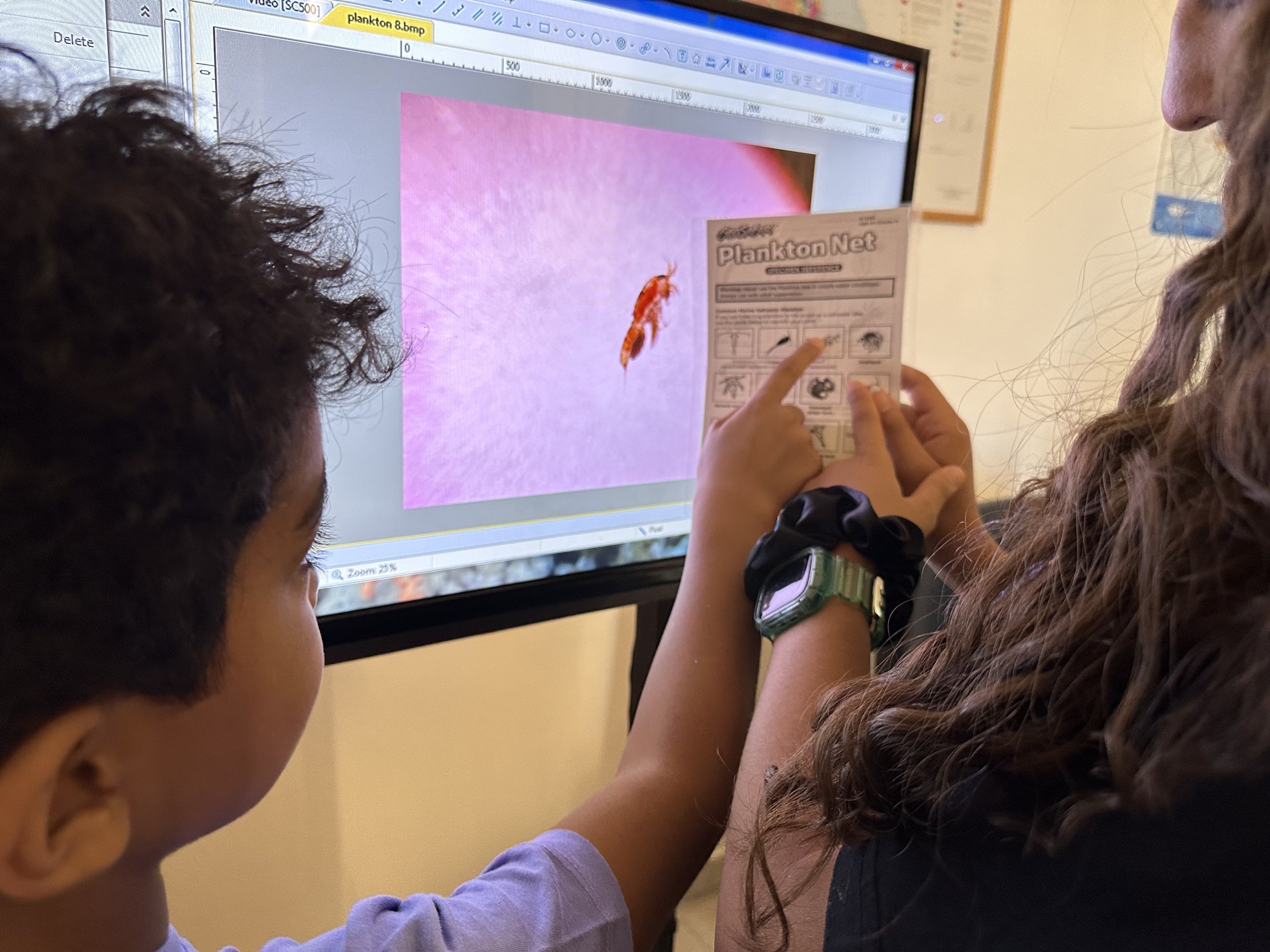
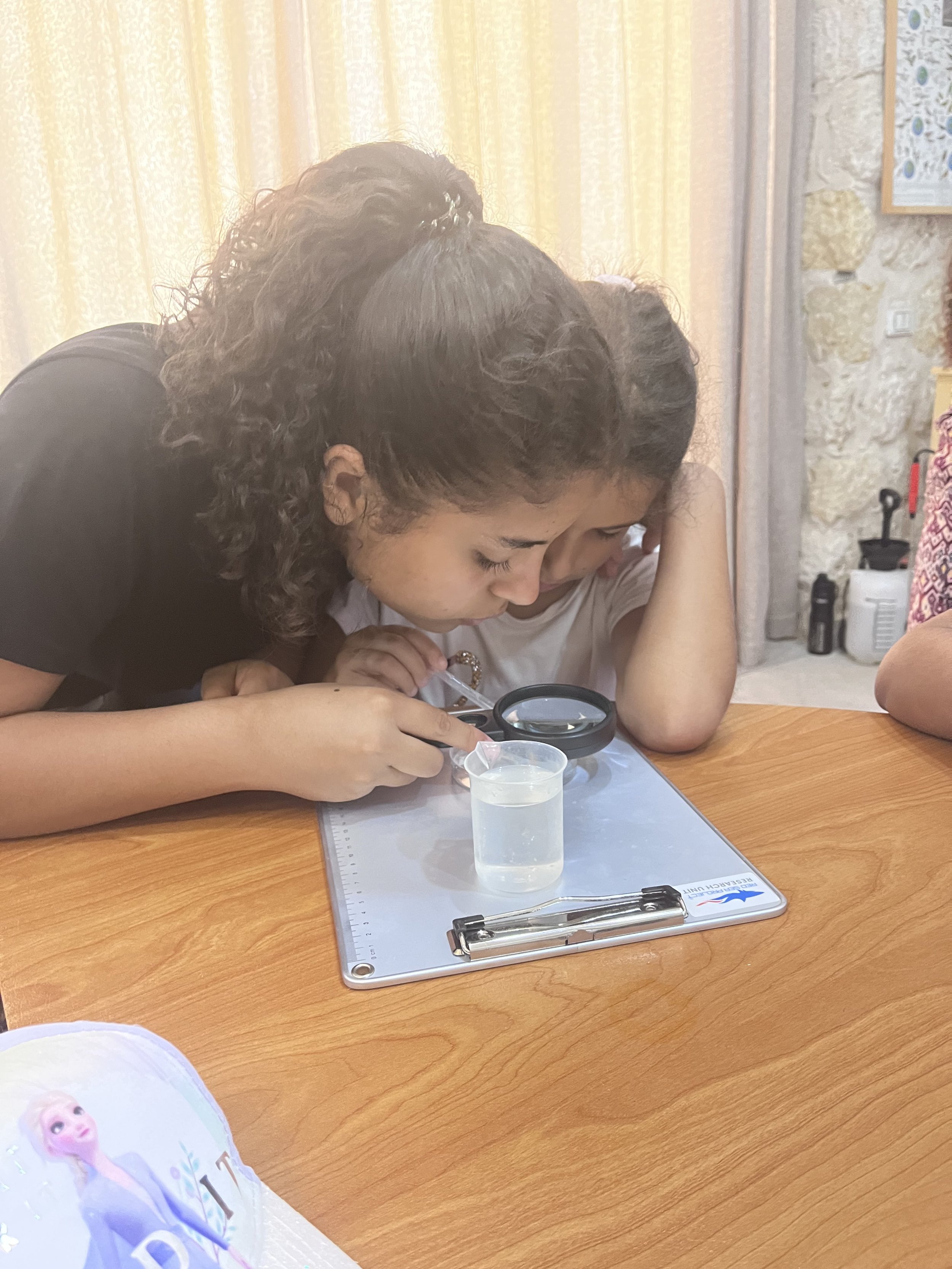

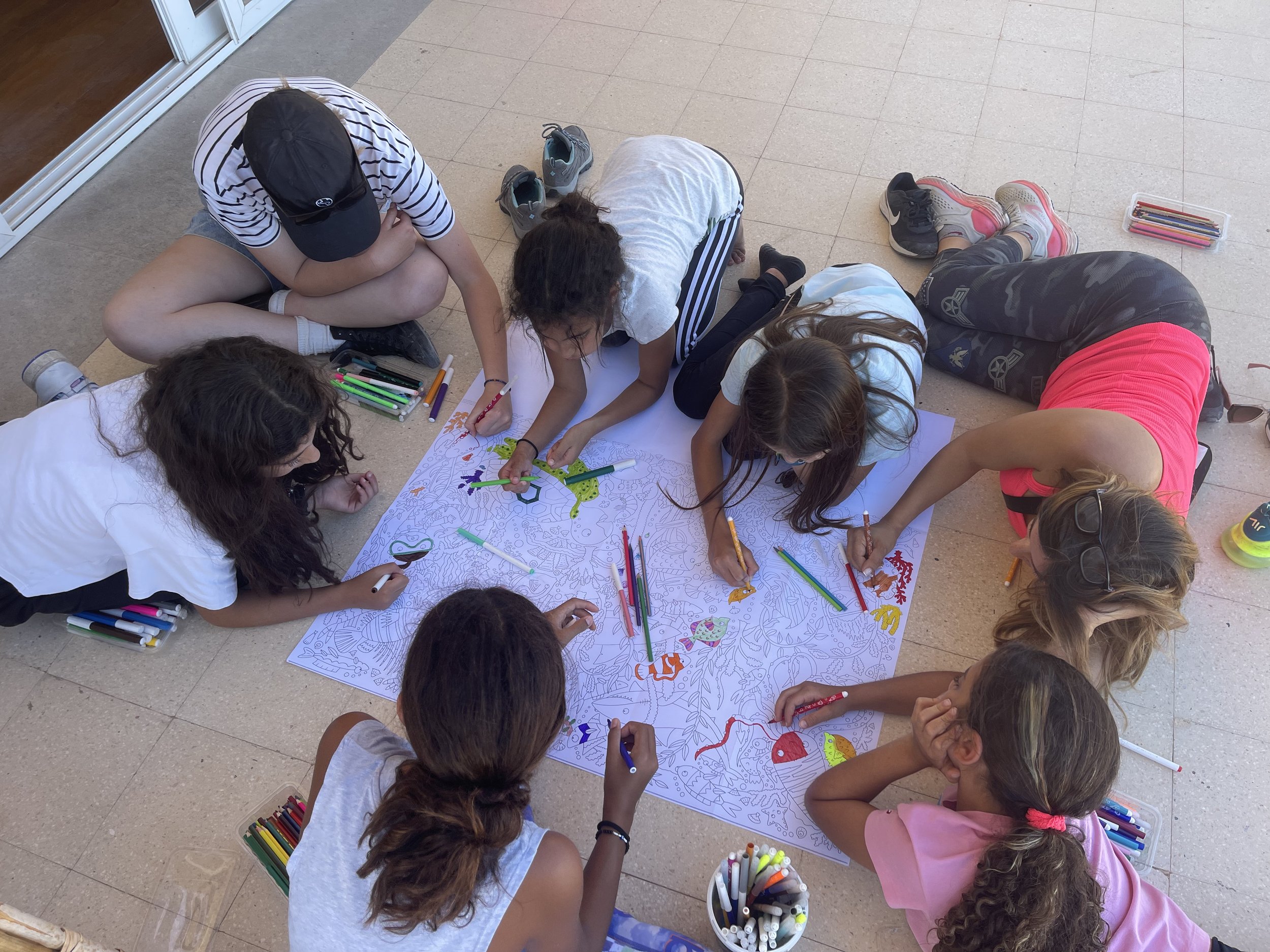
On the second day, we went to Abu Dabbab Bay to see coral, fish and turtles. The night before, we were given instructions on how to behave properly in this unique environment based on our age group. Despite the water being a bit cold at this time of year, everyone enjoyed the beauty of this place. The younger kids participated in beach games led by the 101 volunteers. During these games, they talked about the different kinds of fish in the Red Sea and also learned about the life cycle of turtles. Later in the afternoon, when they came back to Wadi Sabarah, the primary school children were taught by the Red Sea Project team about how shellfish are classified and identified as well as given an overview of the marine food chain. They also examined the kind of waste they discovered along a predetermined section of coastline. Afterward, a segment for discussion and presentation was dedicated to the unique environment of mangroves.
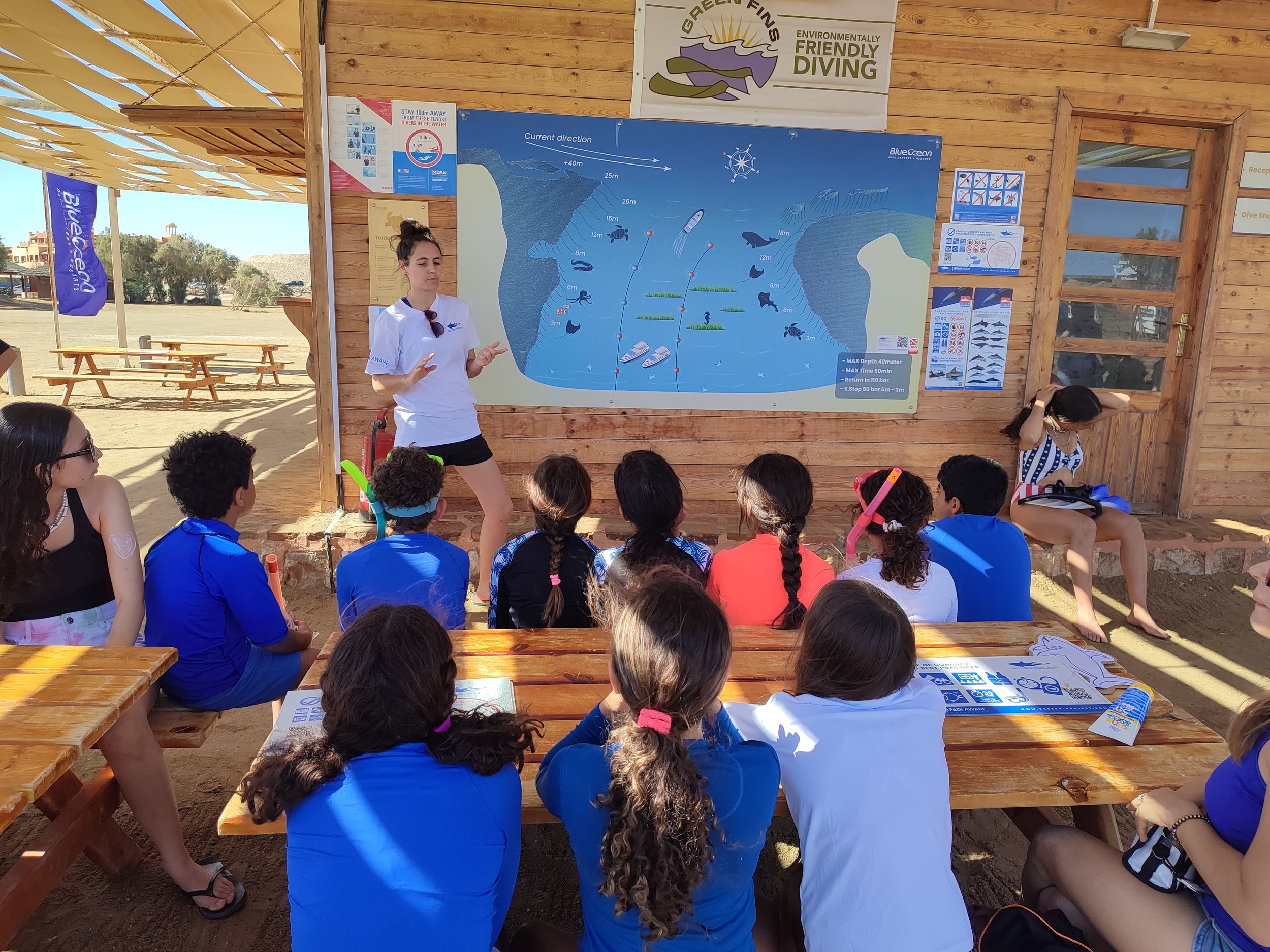
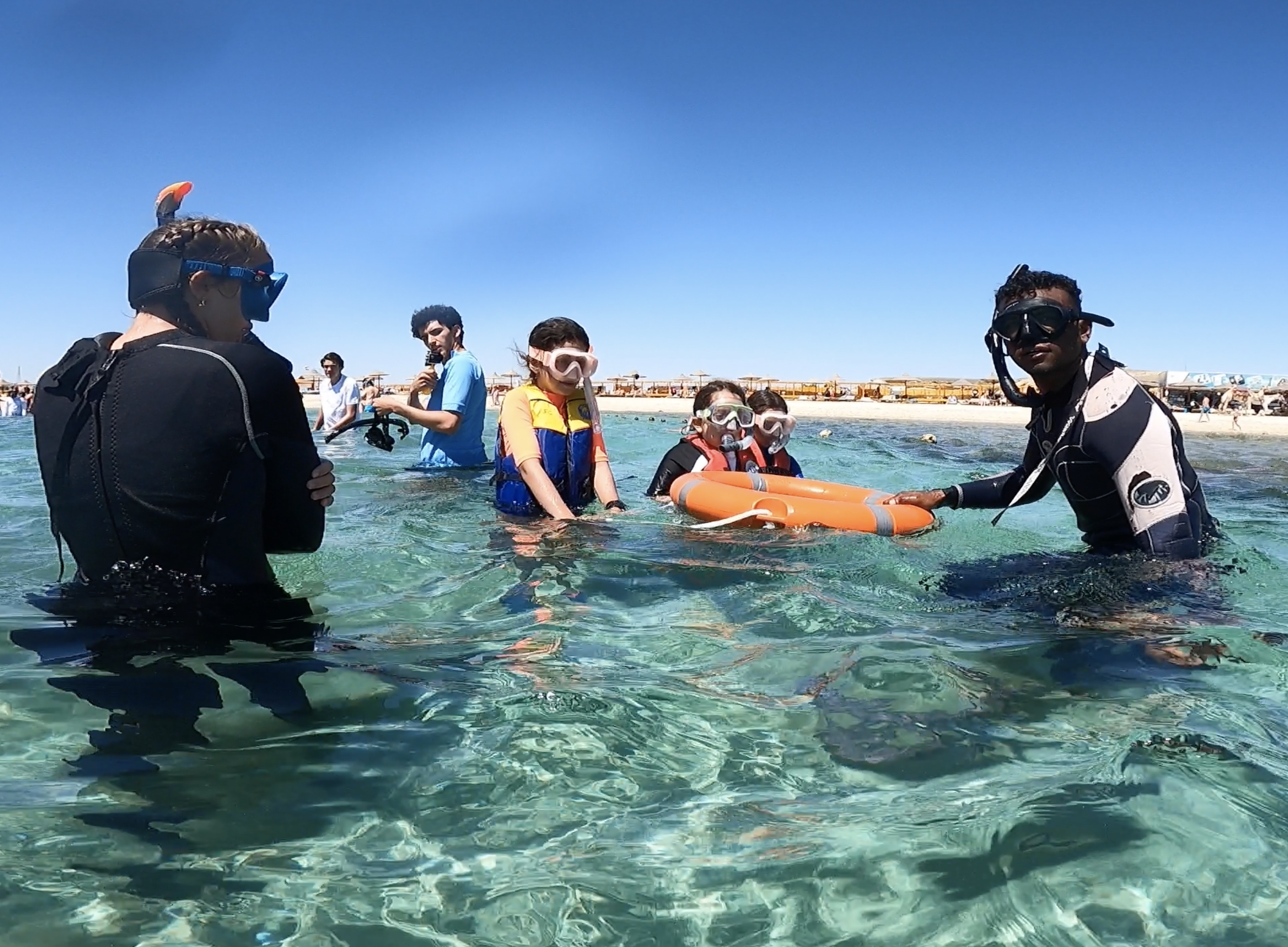


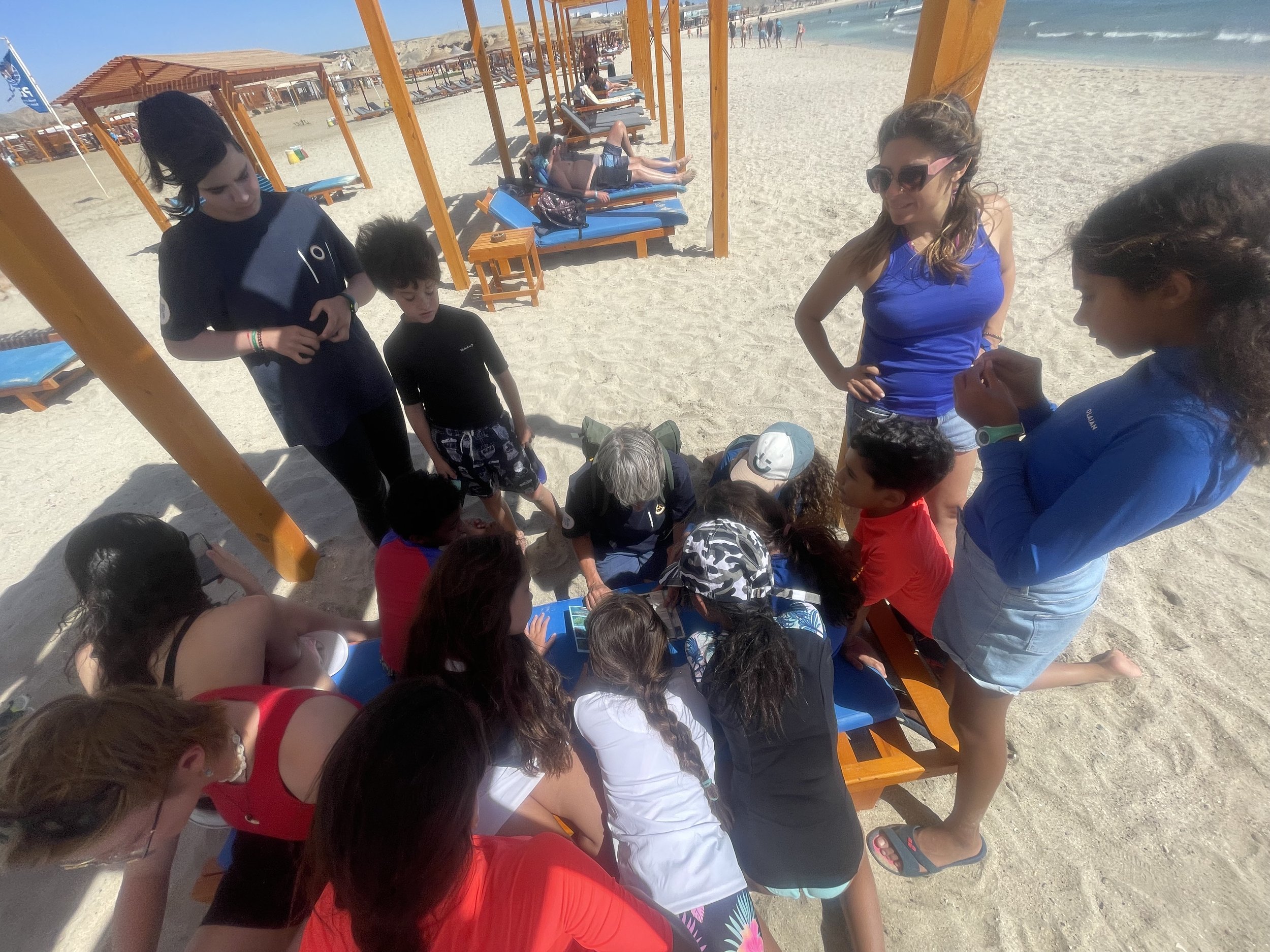
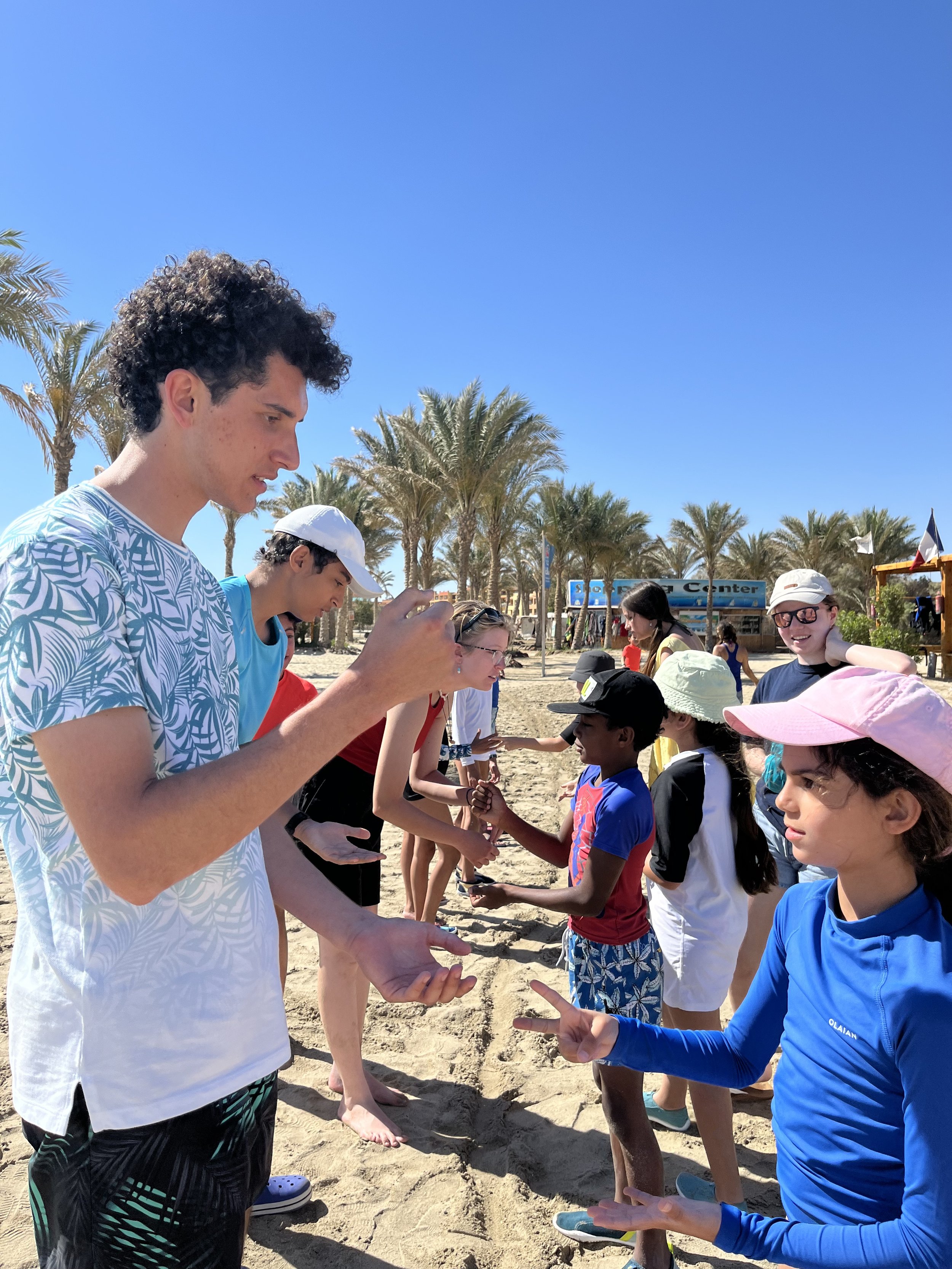
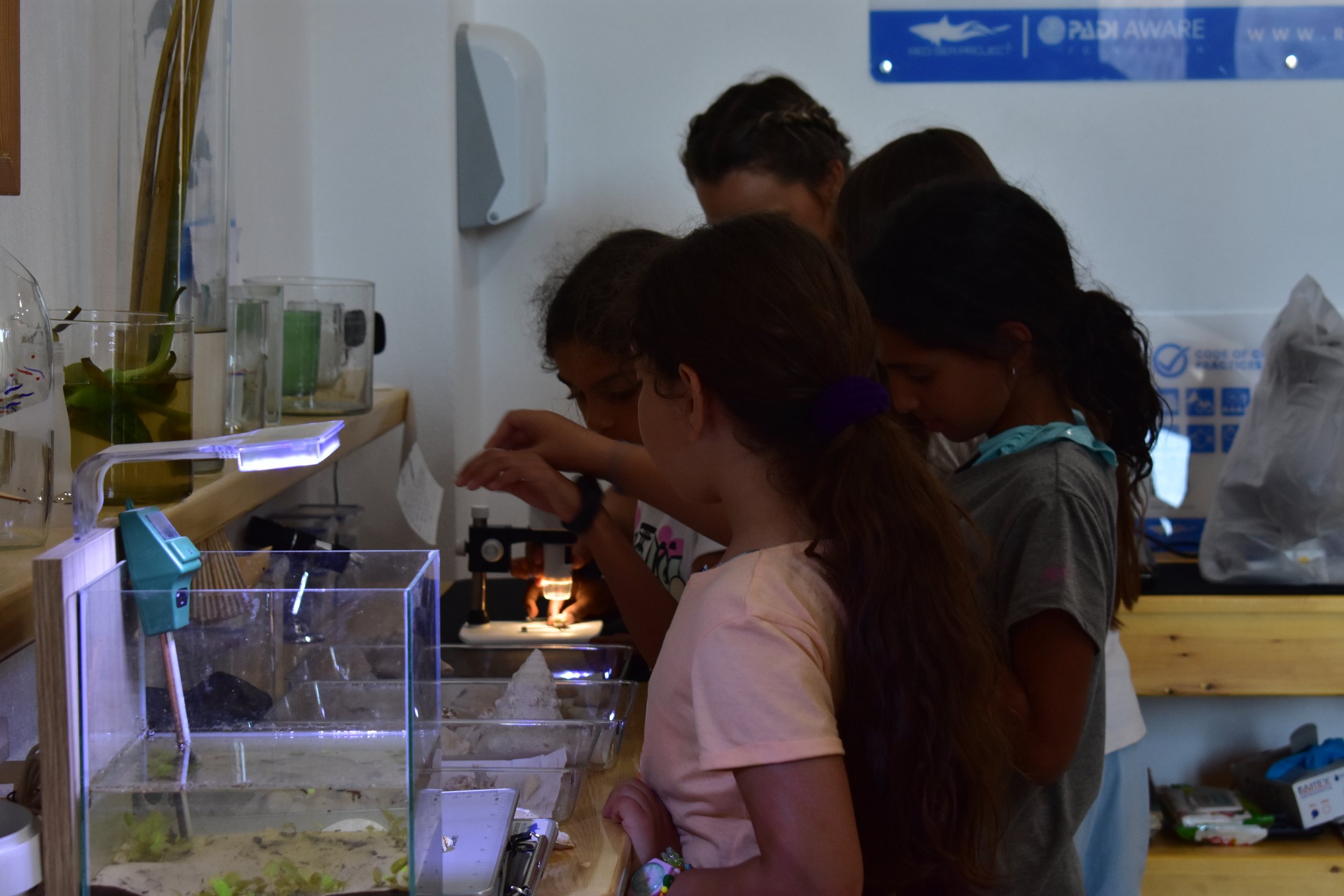


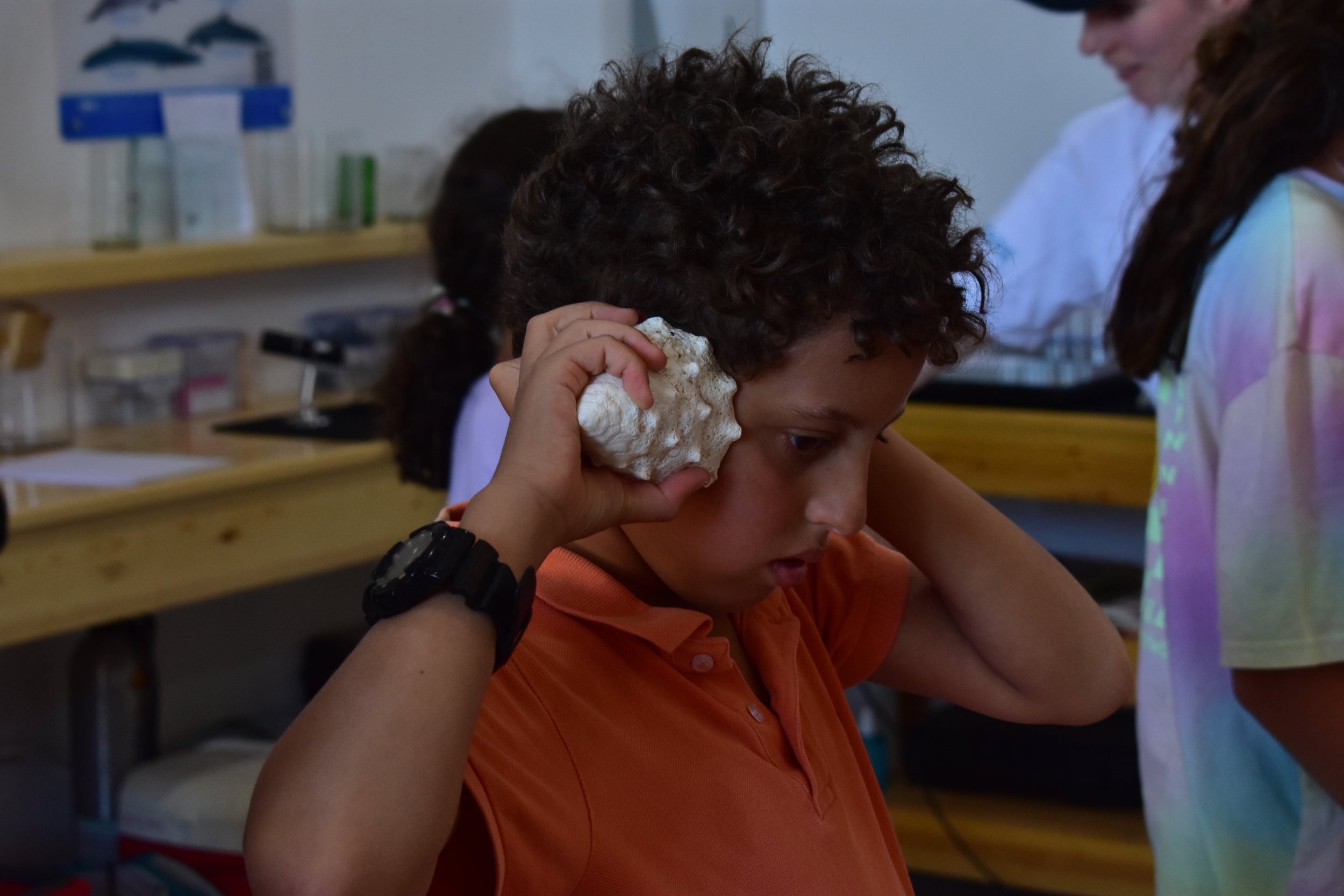

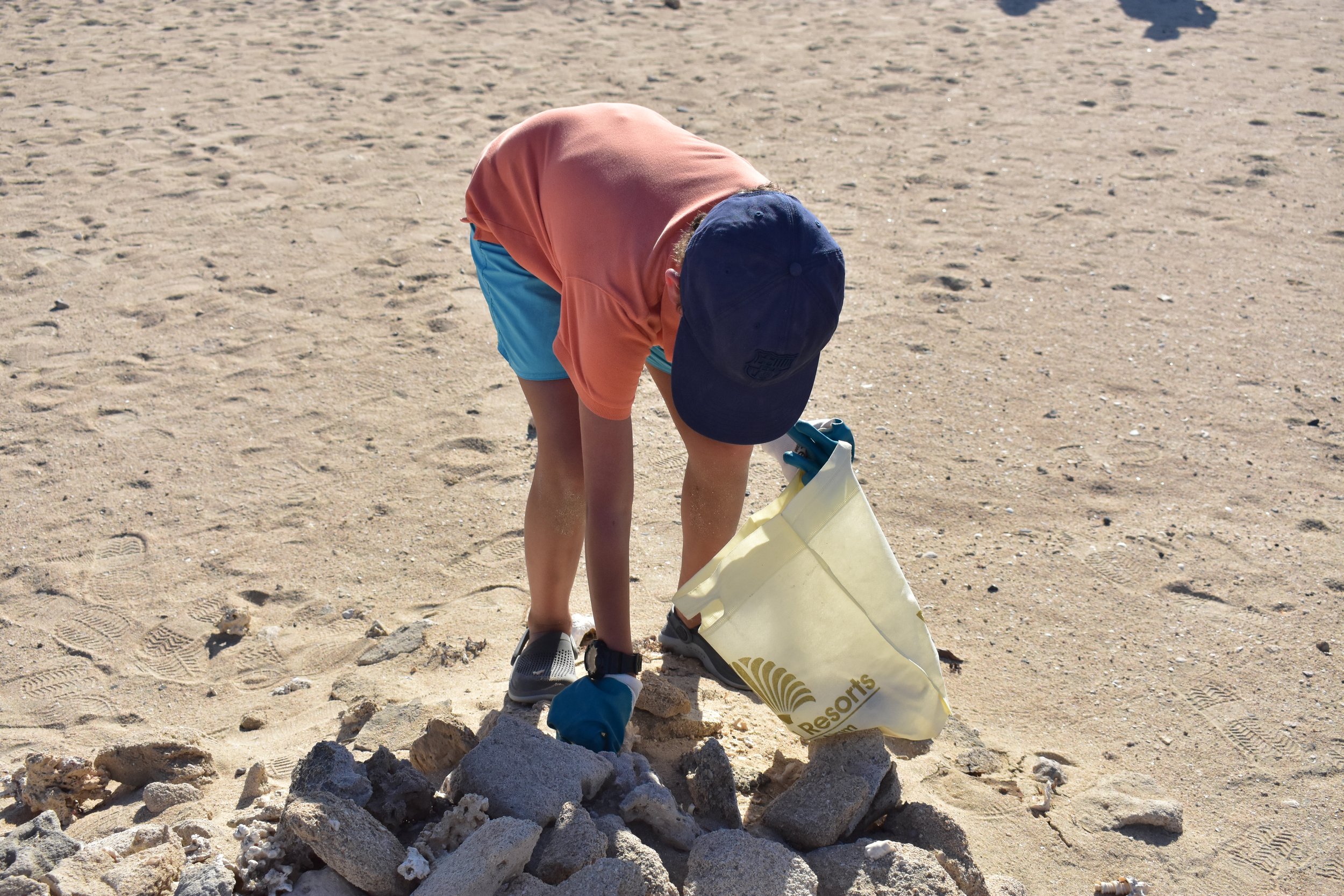


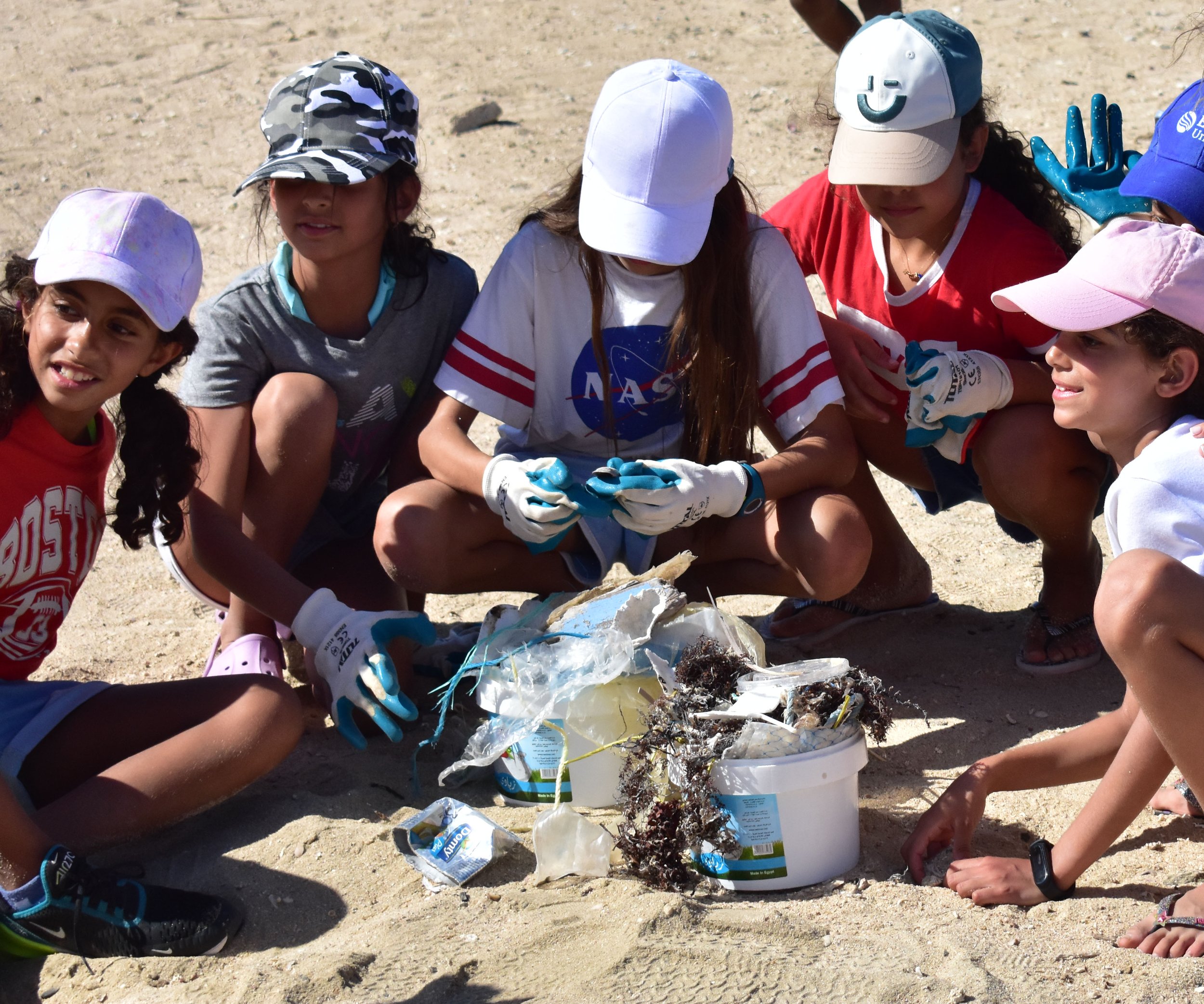
On the third day, we go to Wadi Gemal and stop at Hankorab. Here, we find a stunning beach where we can watch the crabs, molluscs, and other creatures that we often overlook at low tide. The coral reef in this area is easily accessible, and the Red Sea Project team and 101 volunteers are there to supervise young swimmers as they discover the numerous surprises it holds. In addition, they run games and help the primary school pupils complete the challenges we have set for them. The next part of the day occurs in the Qula'an mangrove zone. The young ones work in rival teams and use all their senses to watch, capture photos and keep records. After this competition ends, we gather our strength to tidy up the beach and the surrounding greenery, which desperately needs it. Luckily, gathering litter leads to new findings and a better understanding of the environment.


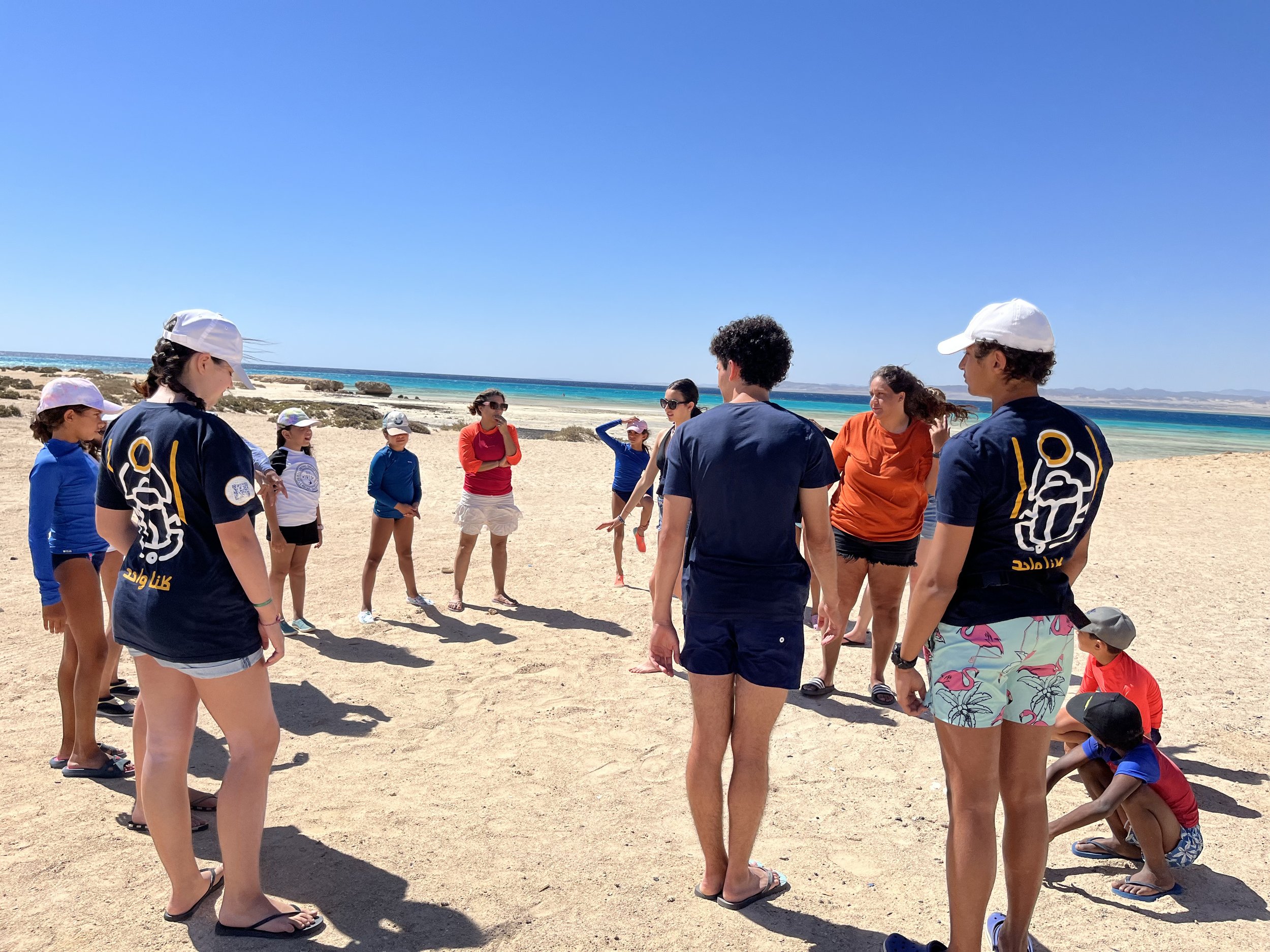







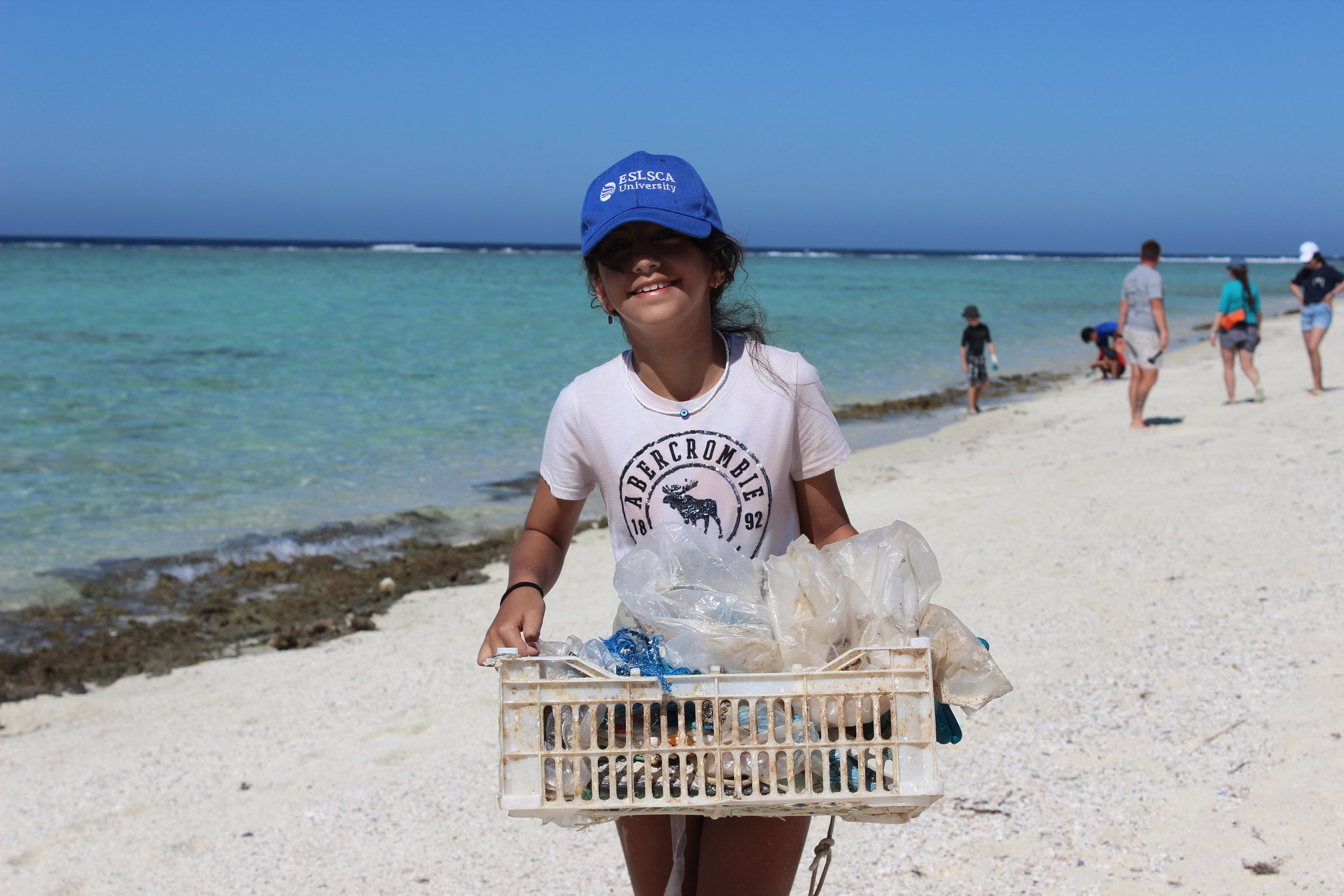

On the fourth day of the trip, the focus is Wadi Sabarah. The primary school children are leading the way and their task is to share their knowledge. The Red Sea Project team and 101 volunteers are partnering with them to welcome young Bedouins from the Ababdas tribe. In the morning, while we waited for our guests, we organised a game of Hatch out, a board game we had designed and made ourselves the previous year. It's a good opportunity to talk about turtles again. The young Ababdas arrived and after a few games, we shared a meal. The afternoon was devoted to scientific activities based on the observation of plants and plankton using equipment supplied by Red Sea Project, as on the first day, but this time the aim was to share experiences and knowledge. At the same time, artistic activities are organised by the 101 volunteers to help manage the groups and provide more variety in the day's activities: on the theme of the sea, the children decorate bags or make key rings from recycled products. At the end of the day, everyone sits down side by side and the 101 volunteers tell the story of Maya, Under the Sea, Going With the Flow. The story is interactive, allowing as many questions and exchanges as possible about marine environments and their inhabitants. Each child leaves with a copy of the book-game that they can complete, colour in and consult when they please.



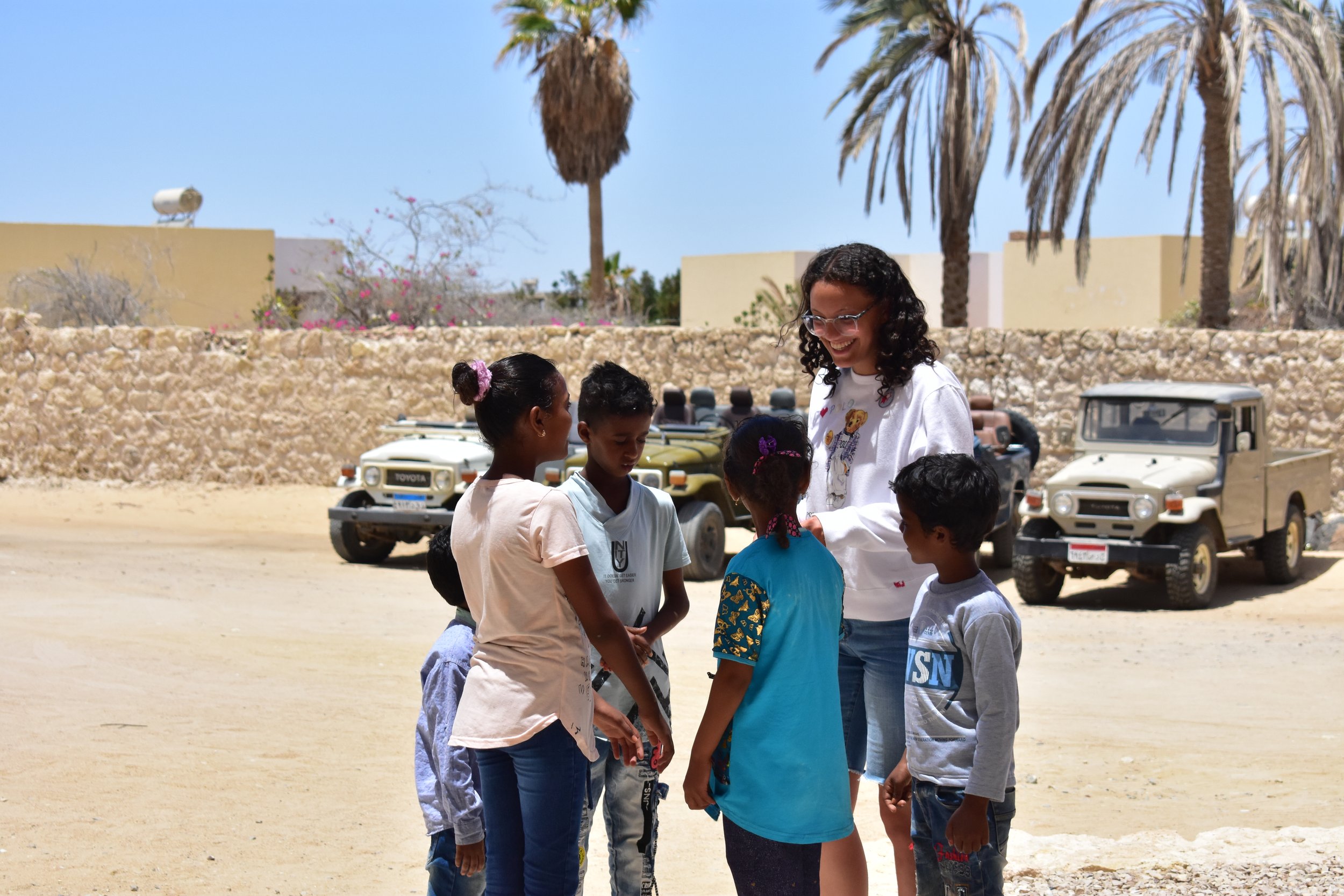



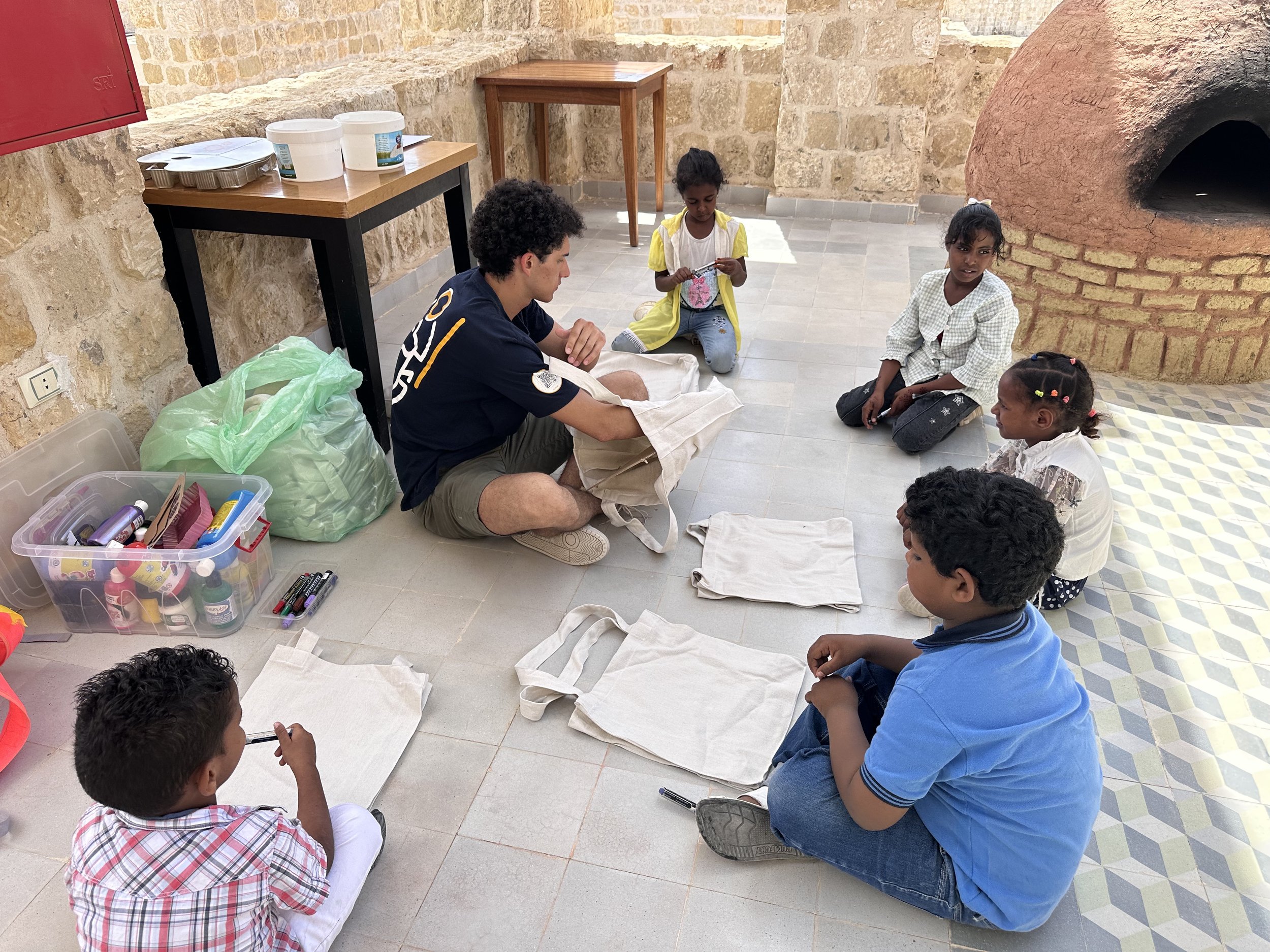
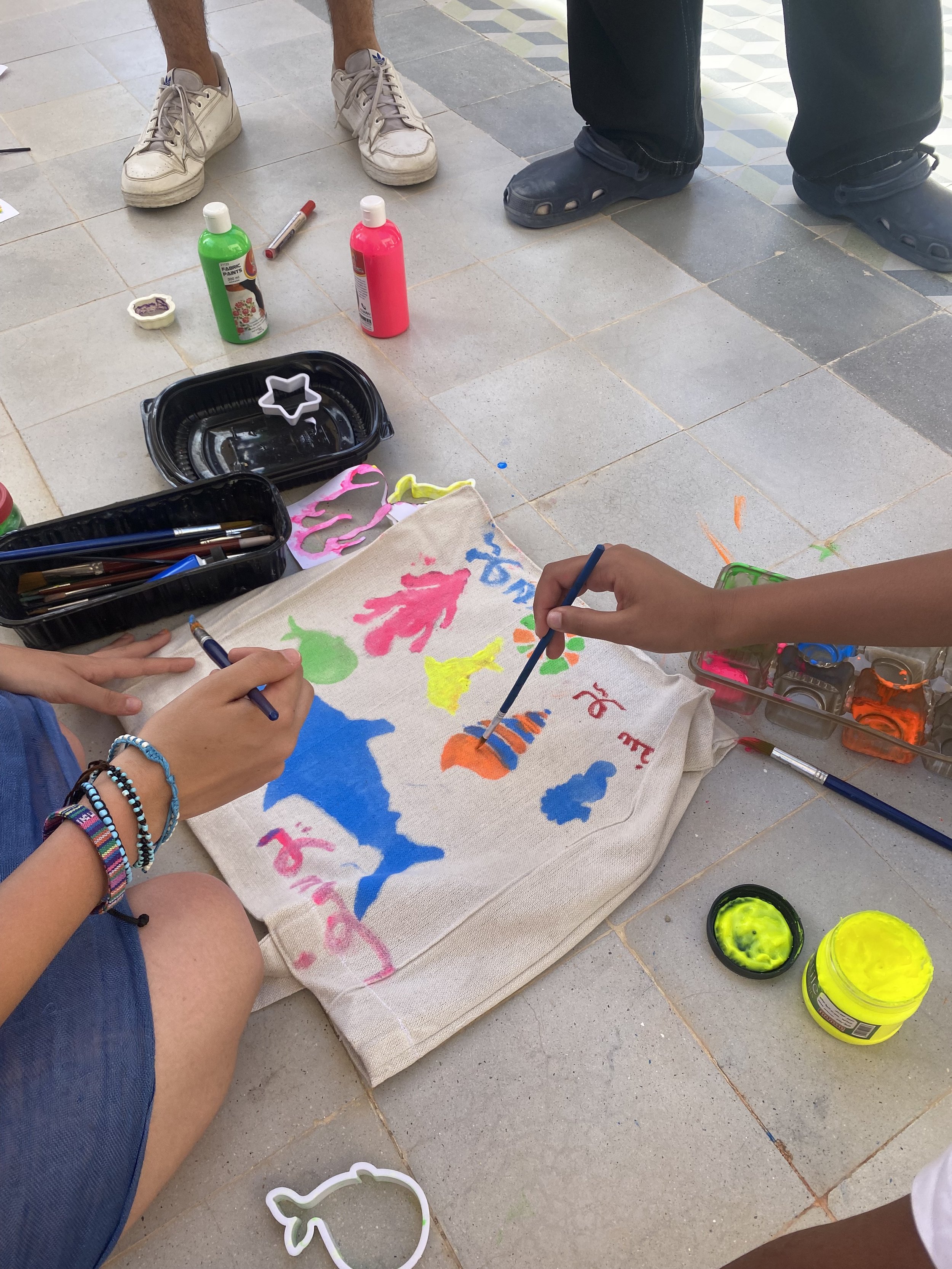
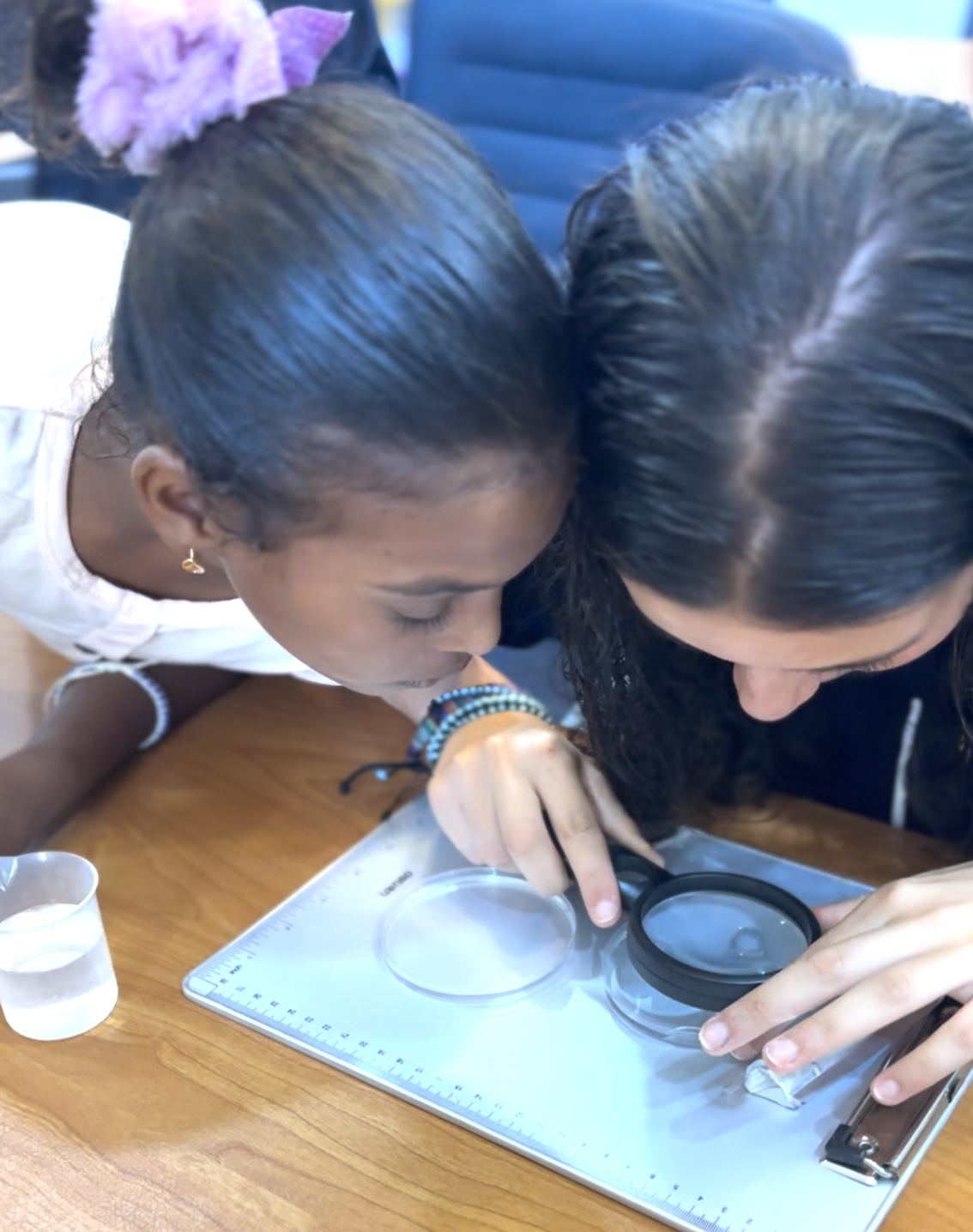
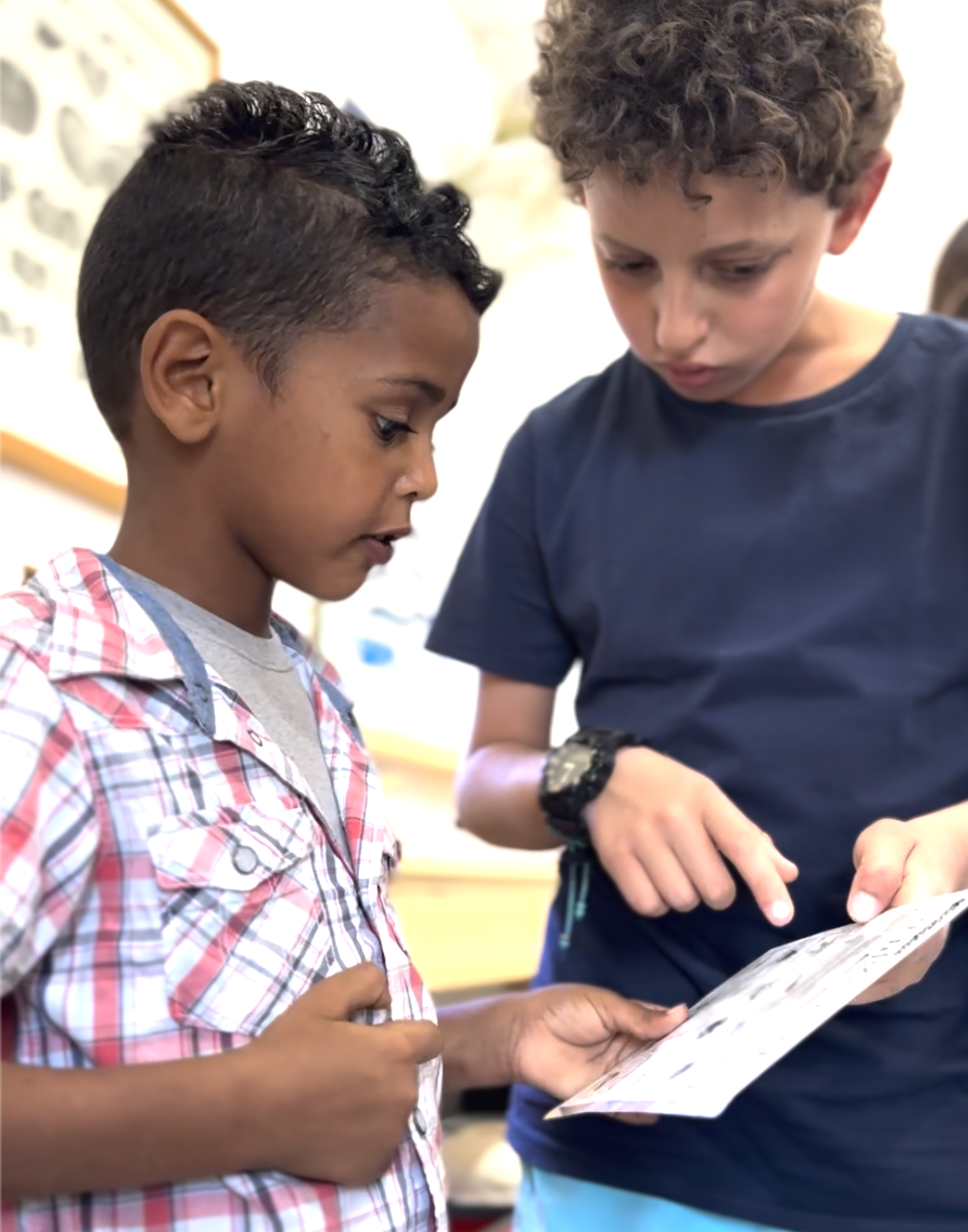
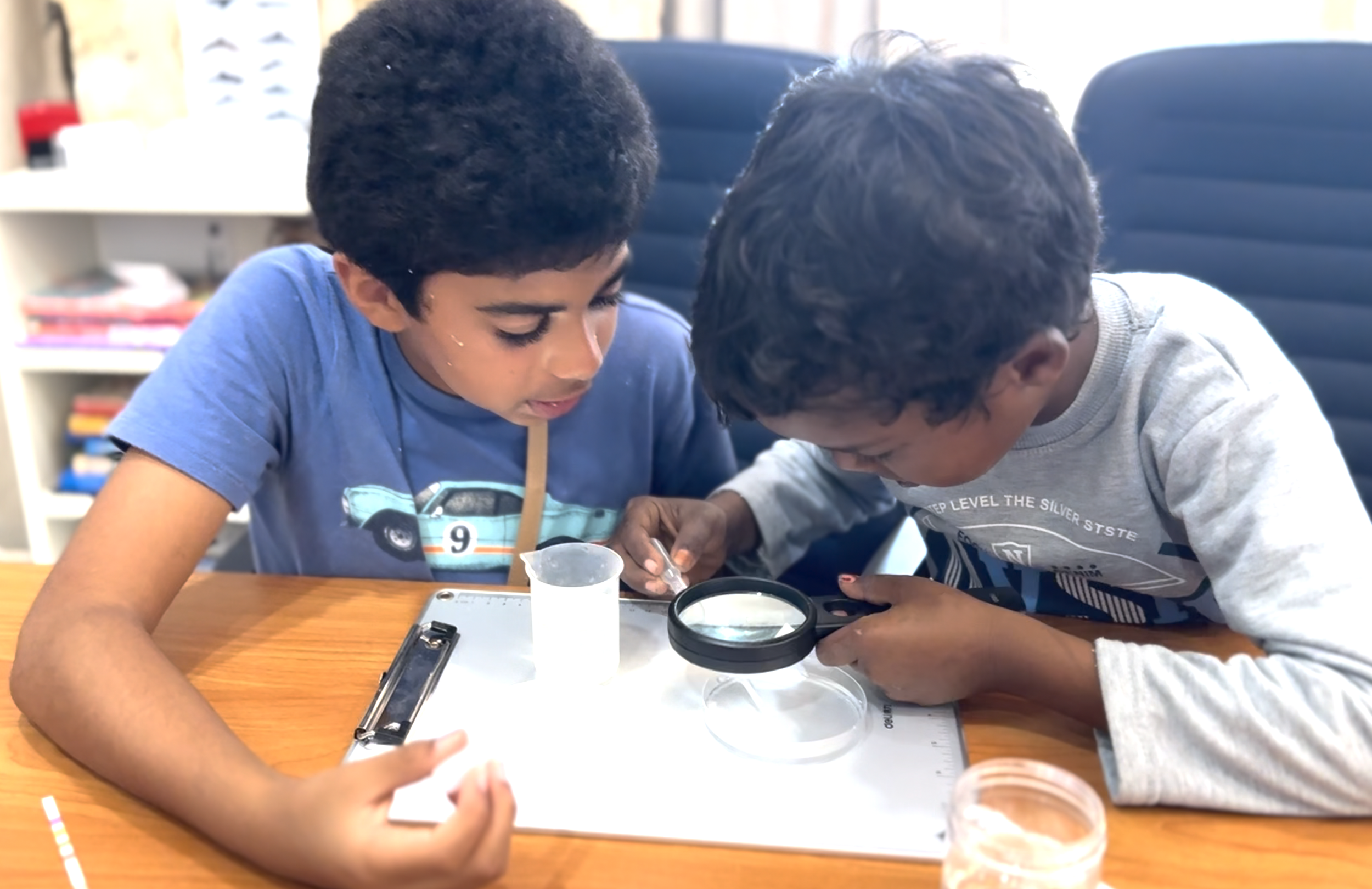

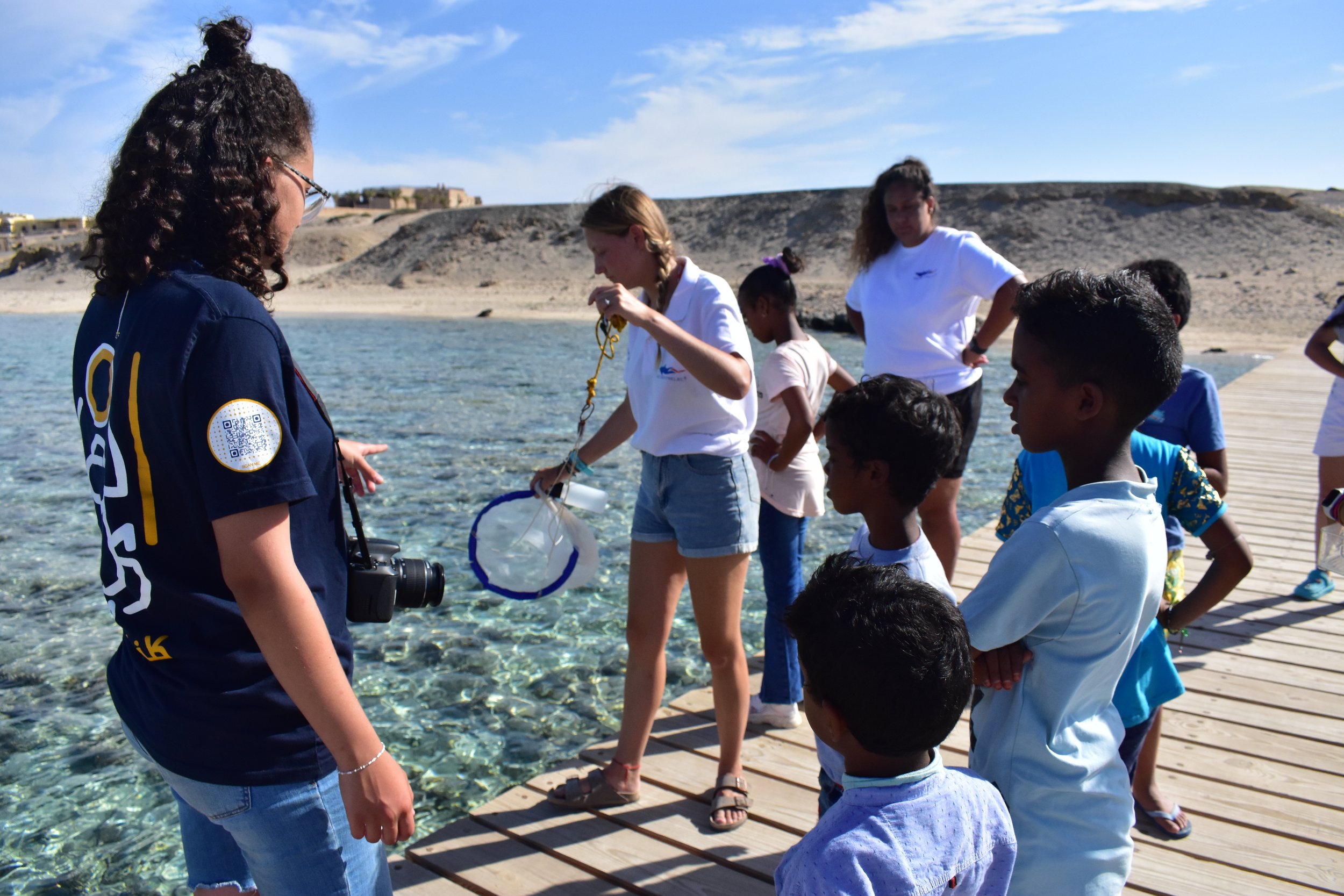



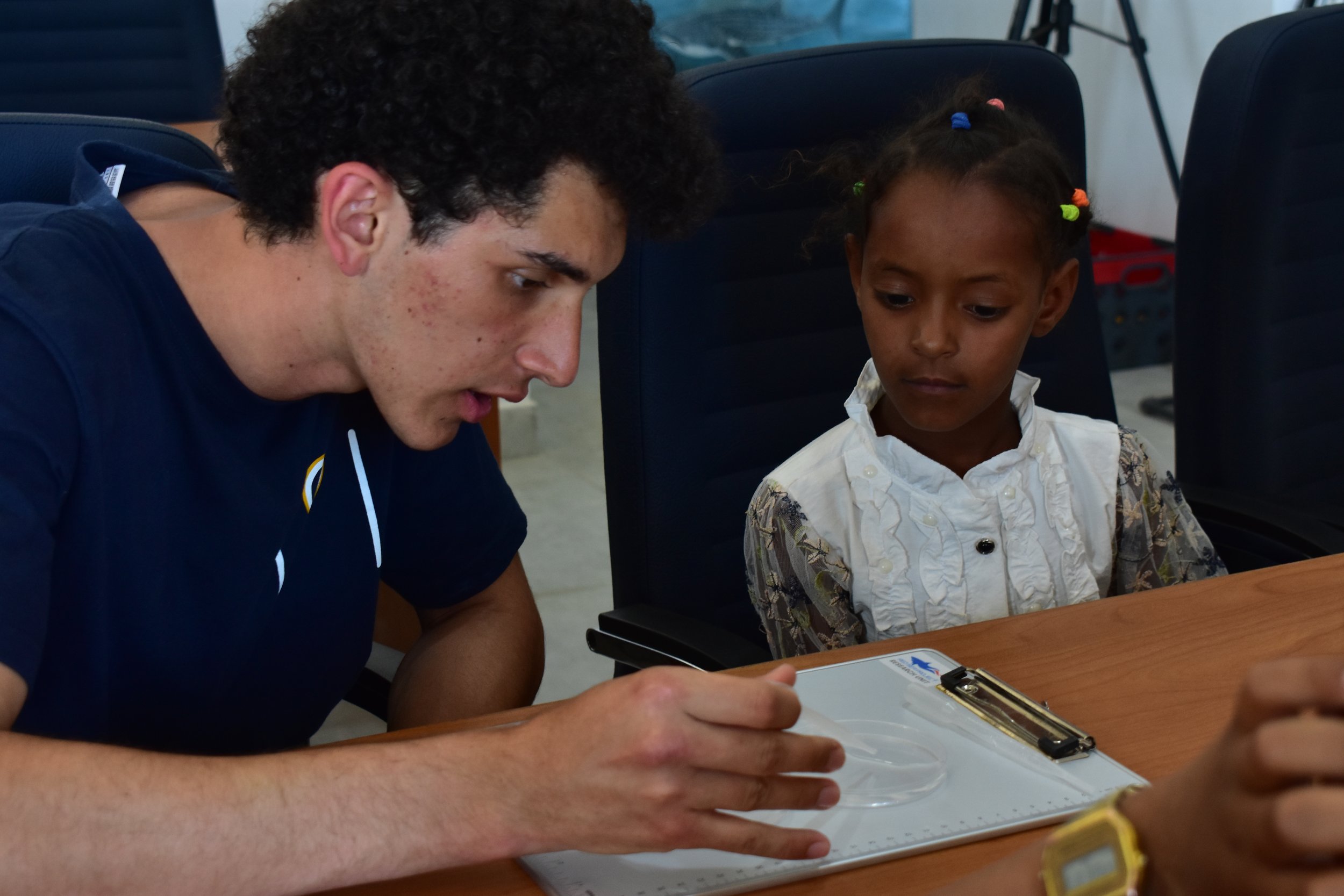
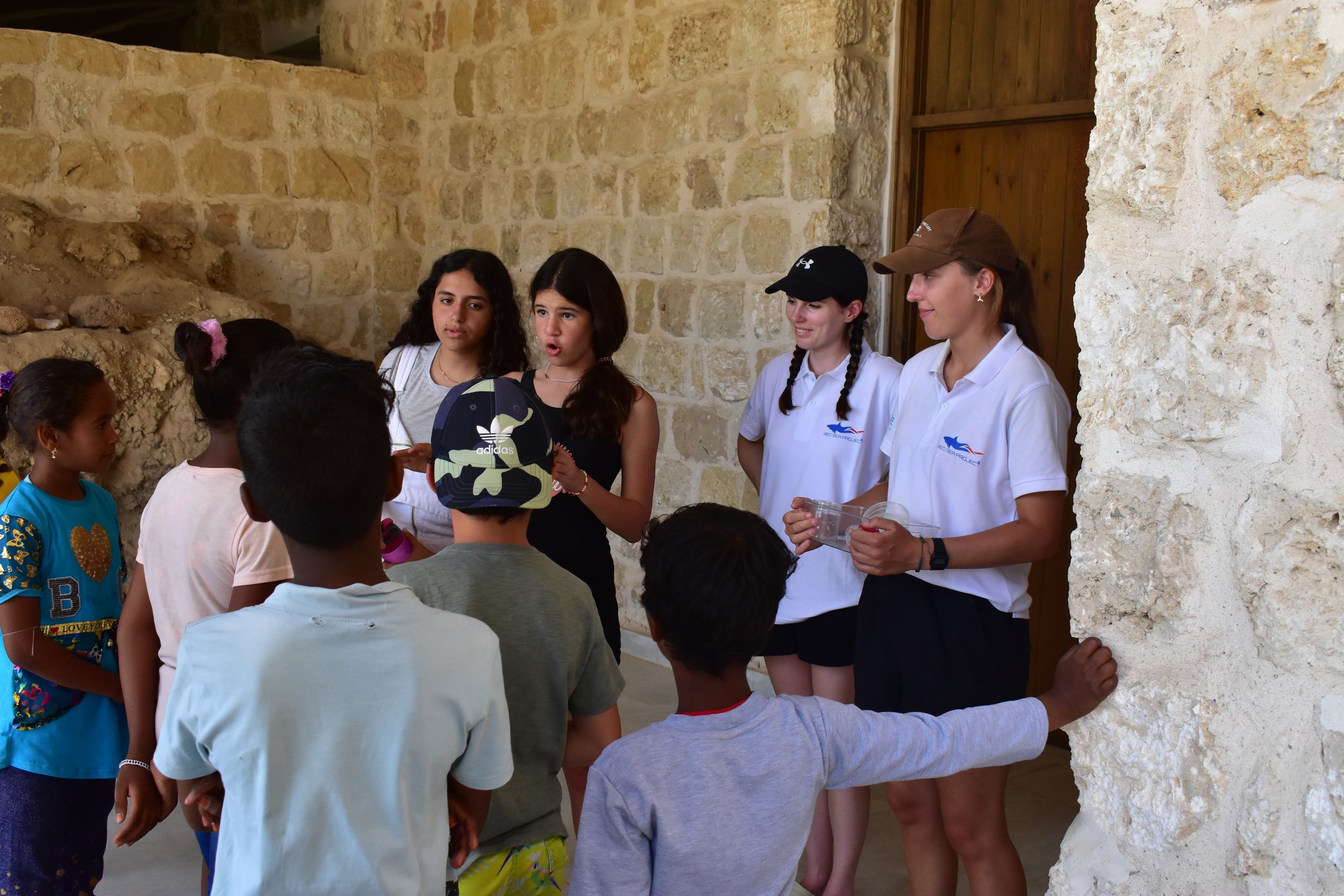



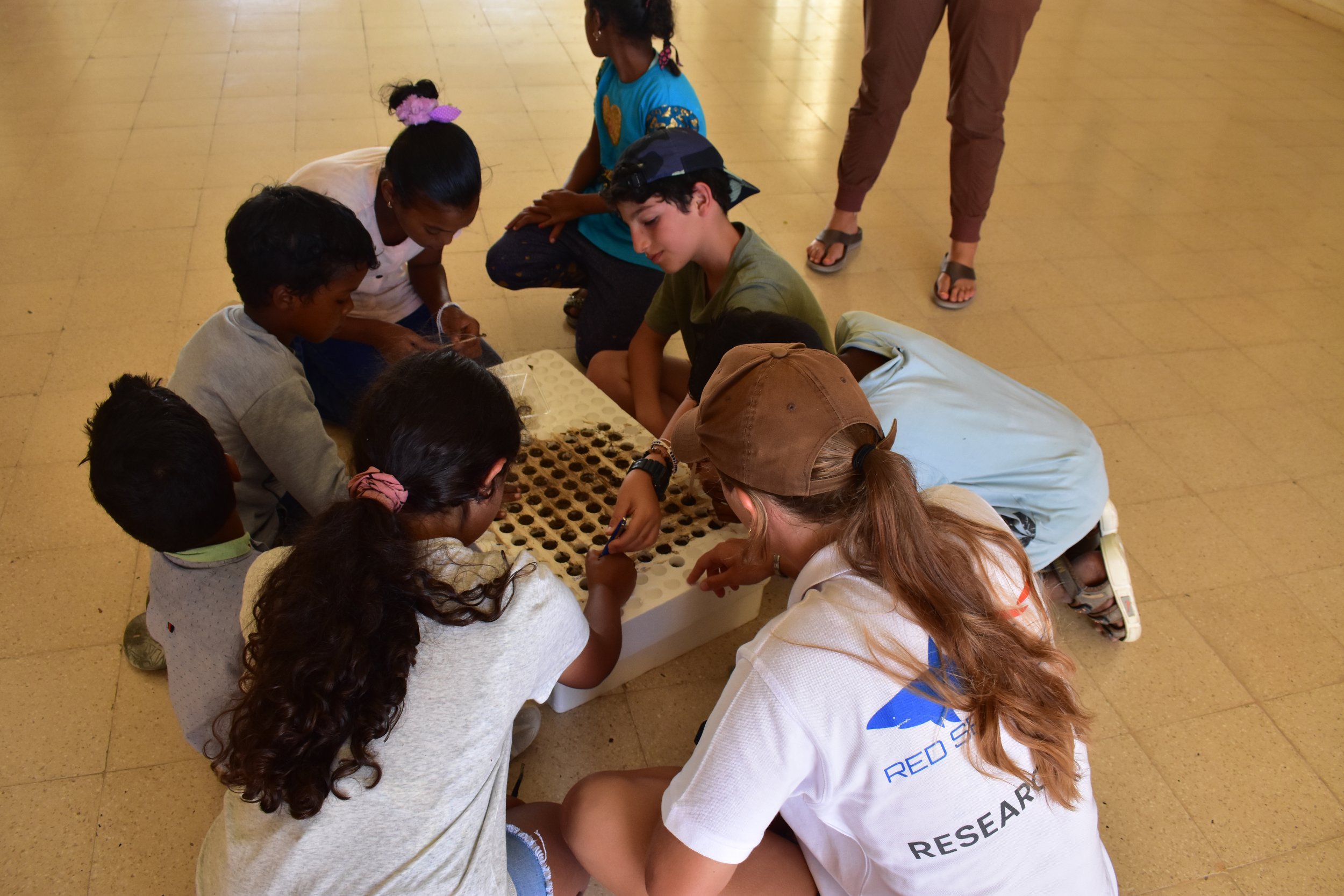

Additional information
During the school's open day, our helpers focused on promoting environmental awareness to visitors. We encouraged everyone to take responsibility and contribute at their own level. Additionally, an art workshop was held and our products were displayed and sold to raise a modest donation for the Red Sea Project to help purchase additional equipment.
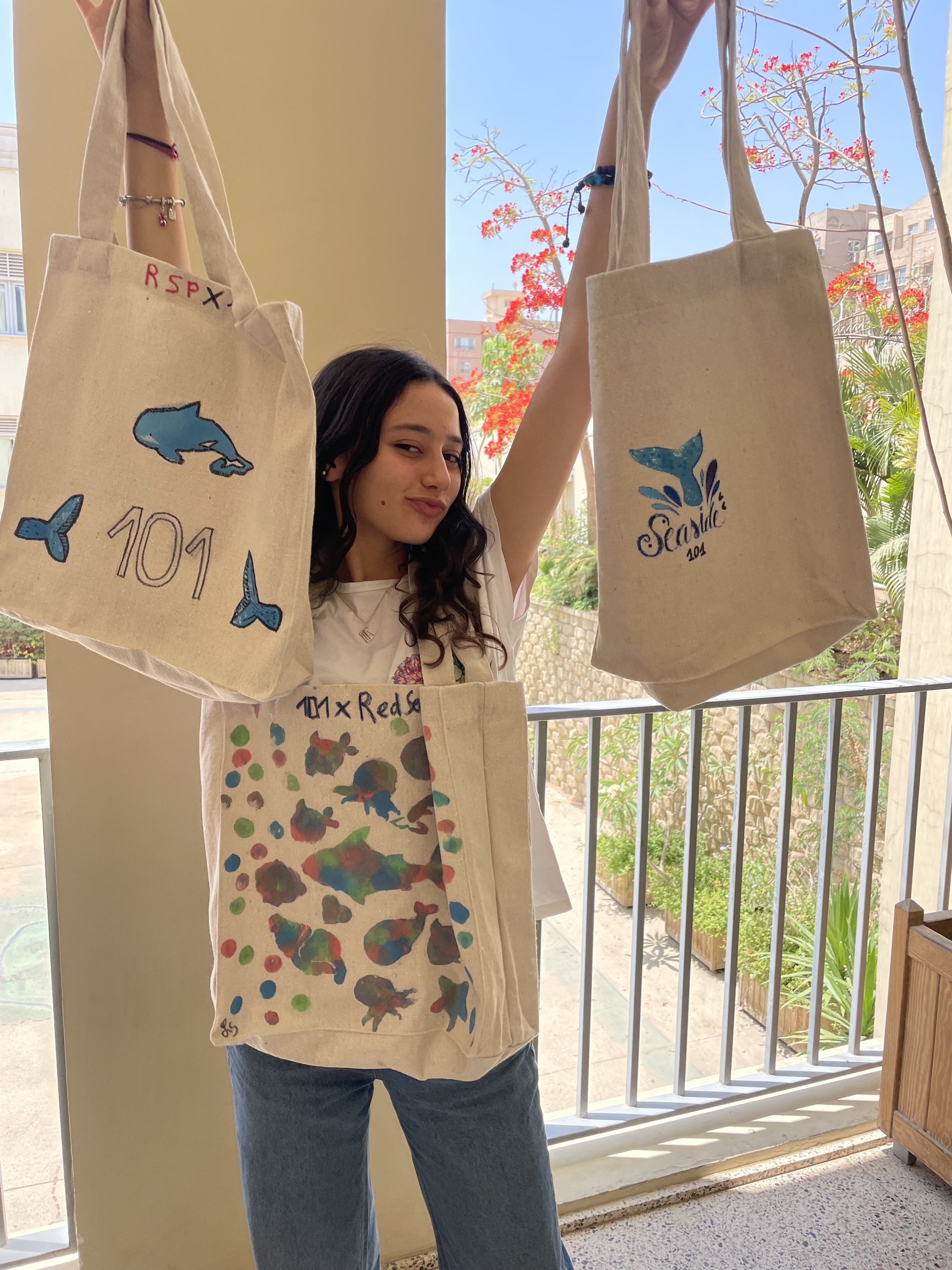


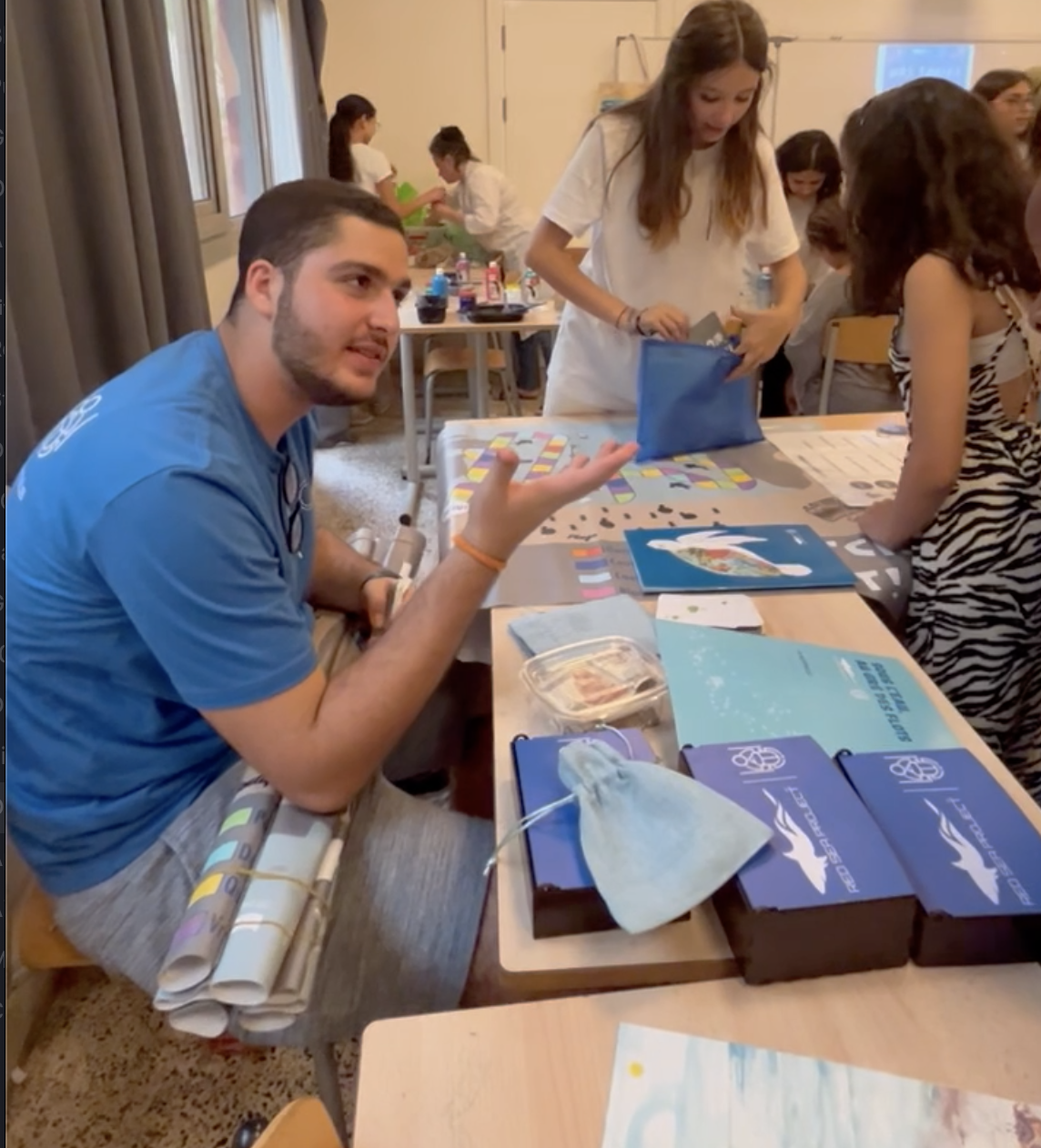
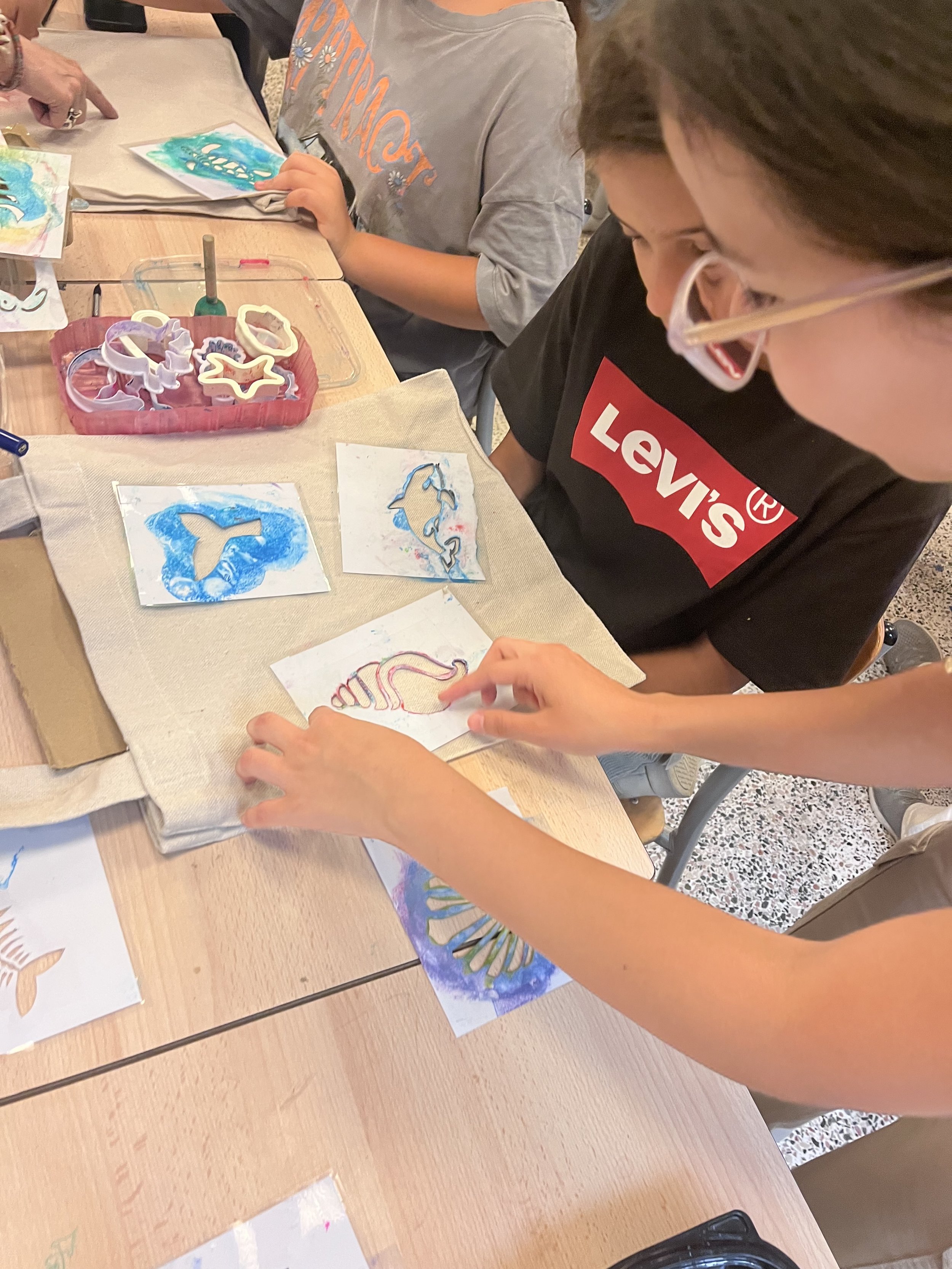
Summary
The journey is complete, and everybody has learned so much because of the collaboration with Red Sea Project, which has already spent two years working on this.
The book is finished and accessible in three languages - see below.
The set of playing cards, along with the information cards, can also be accessed for free on the internet.
We need to finish the interactive web pages about dugongs and mangroves before the year ends.
Our goal is to also publish Maya's story online in the following months, which will include interactive features, audio narration, fact sheets, and games.
Our 2023 publications
The story of Maya and Cleo the tortoise
The set of playing cards and the information cards
